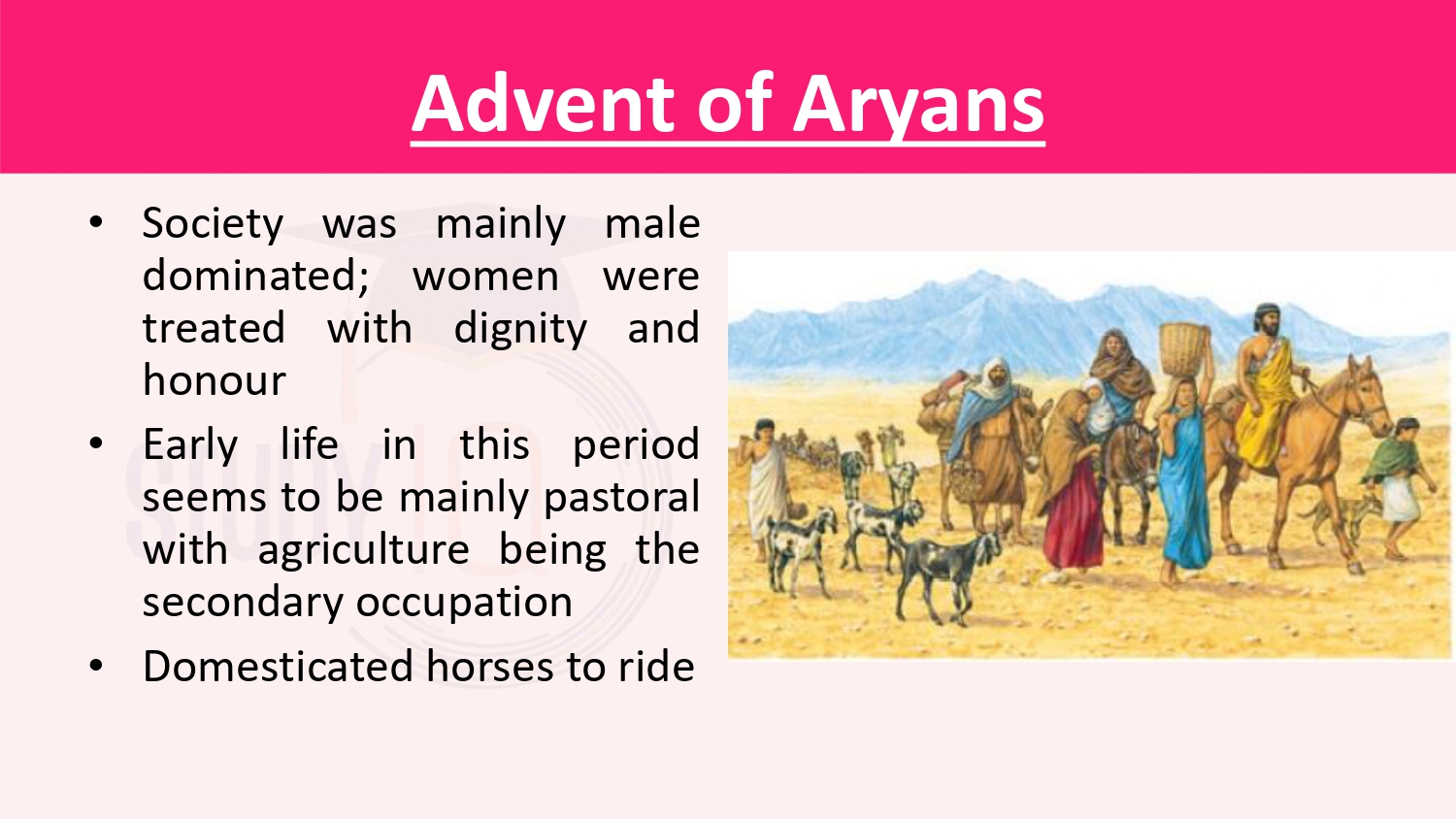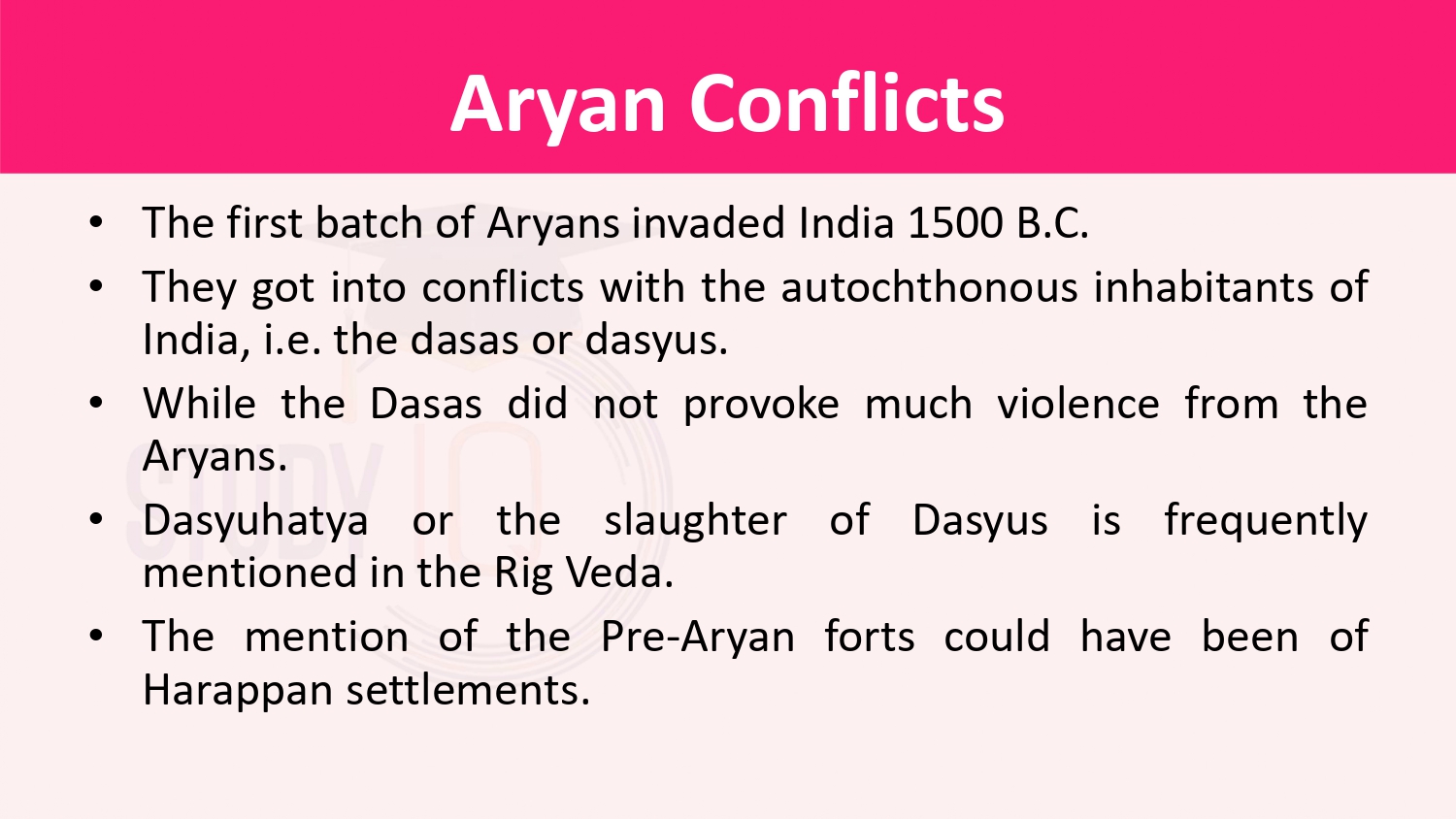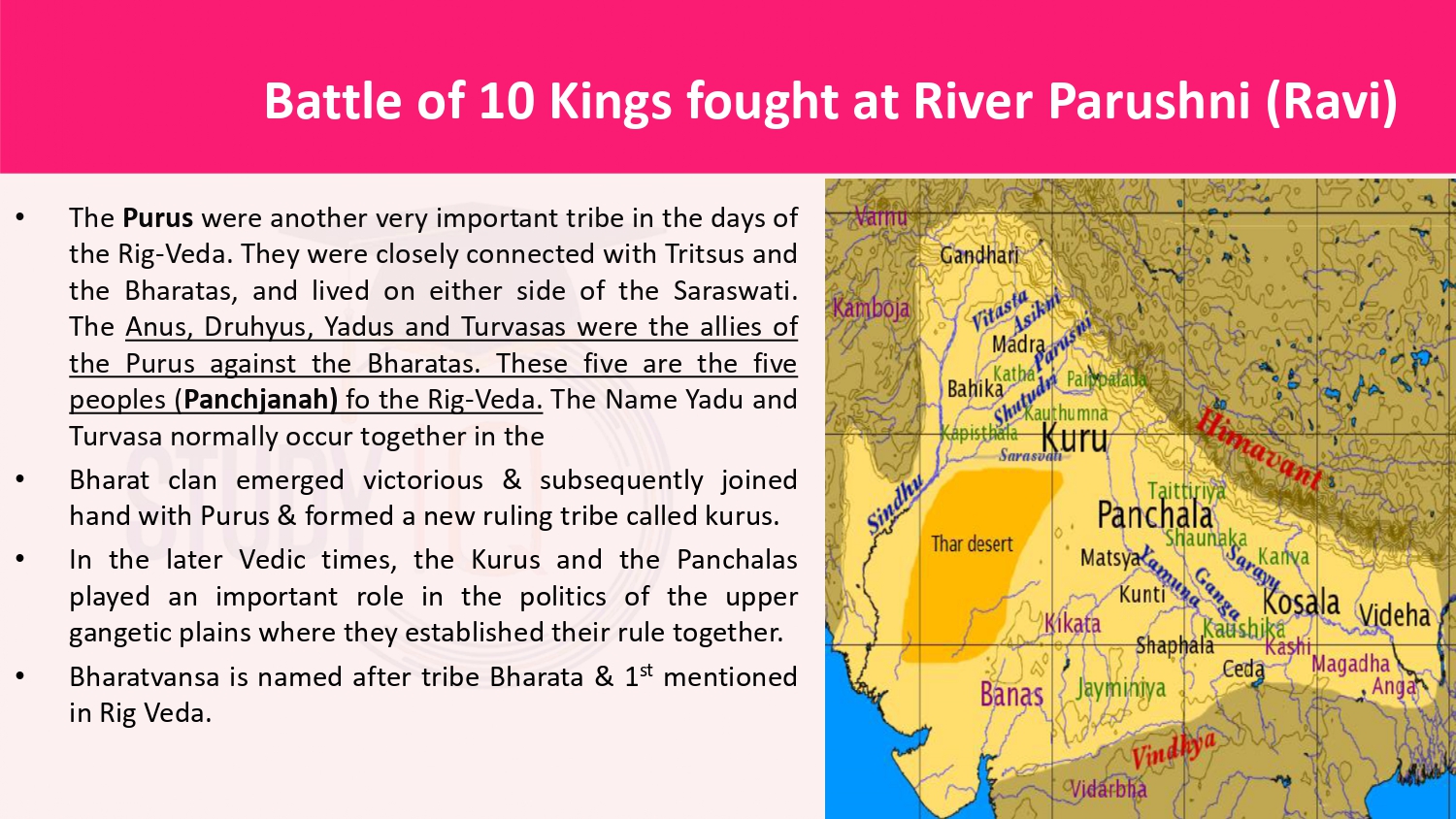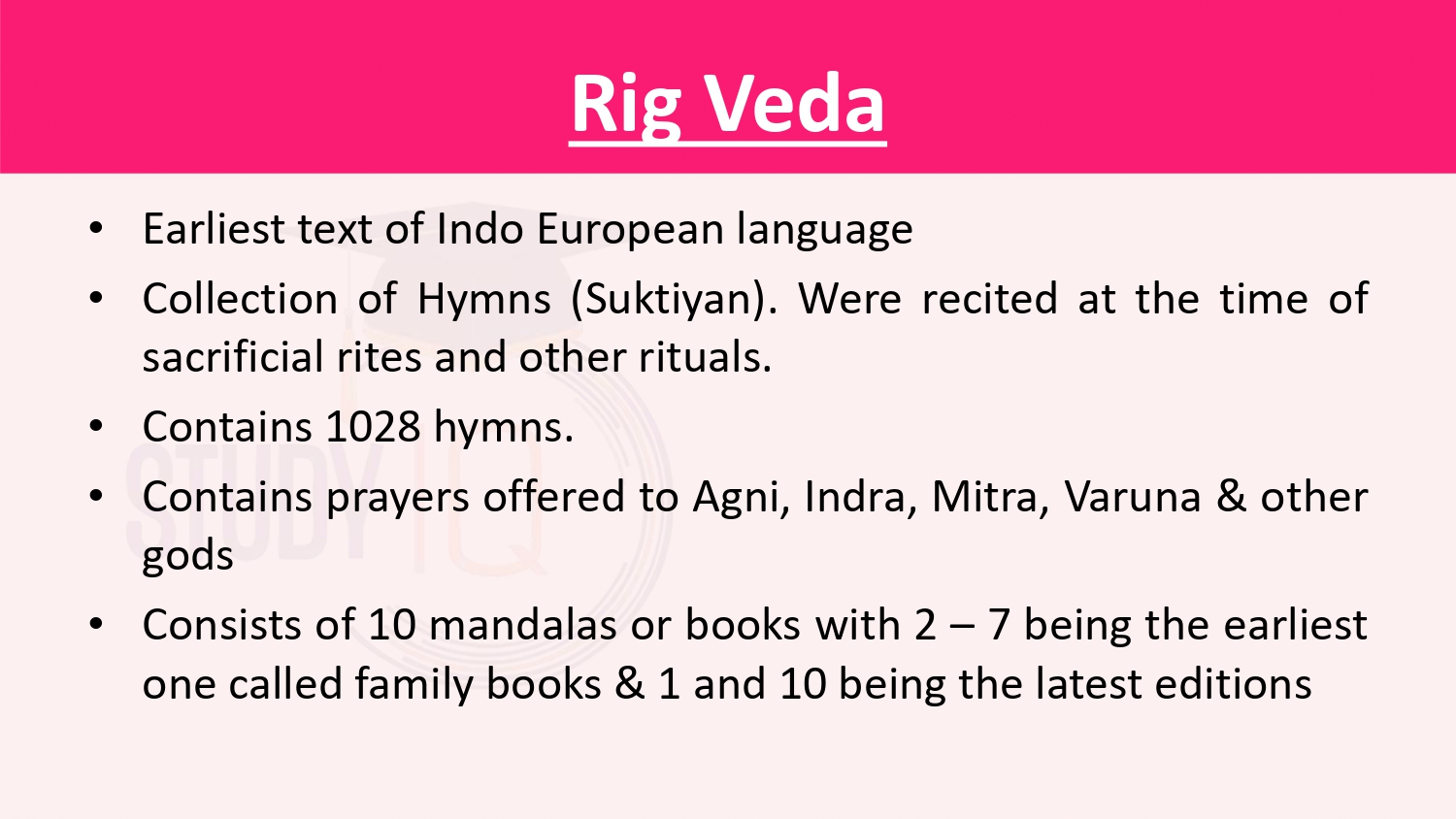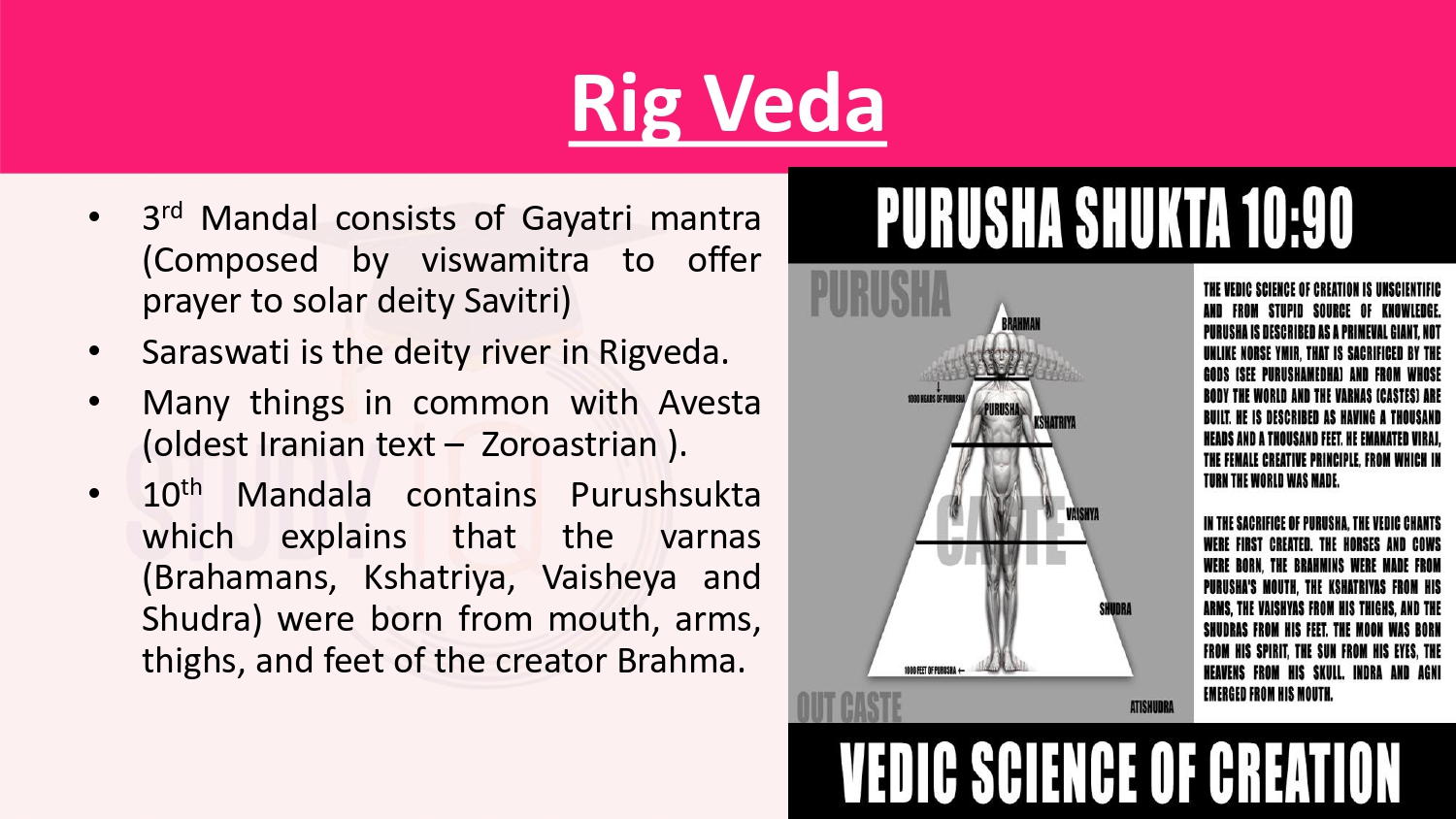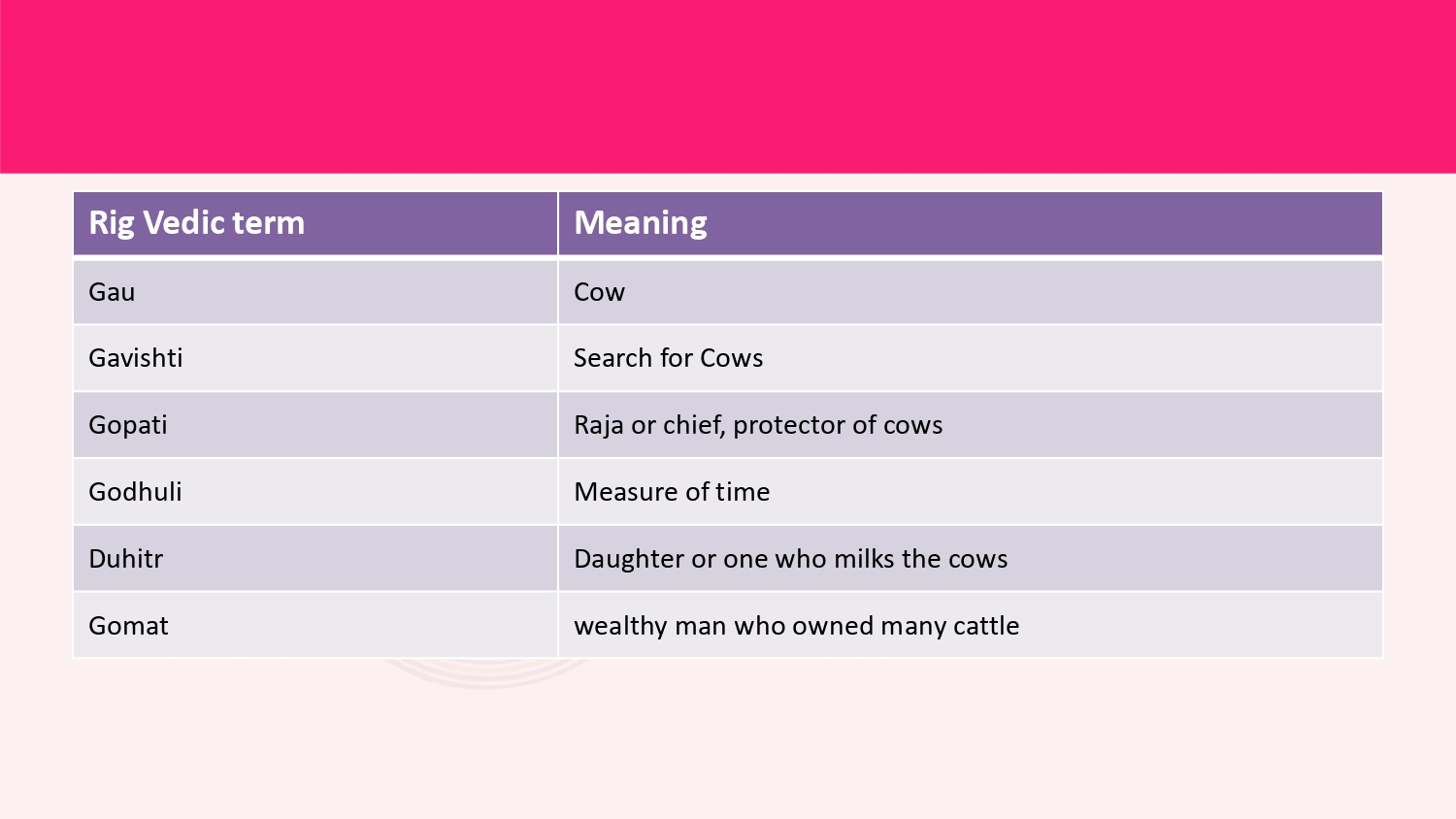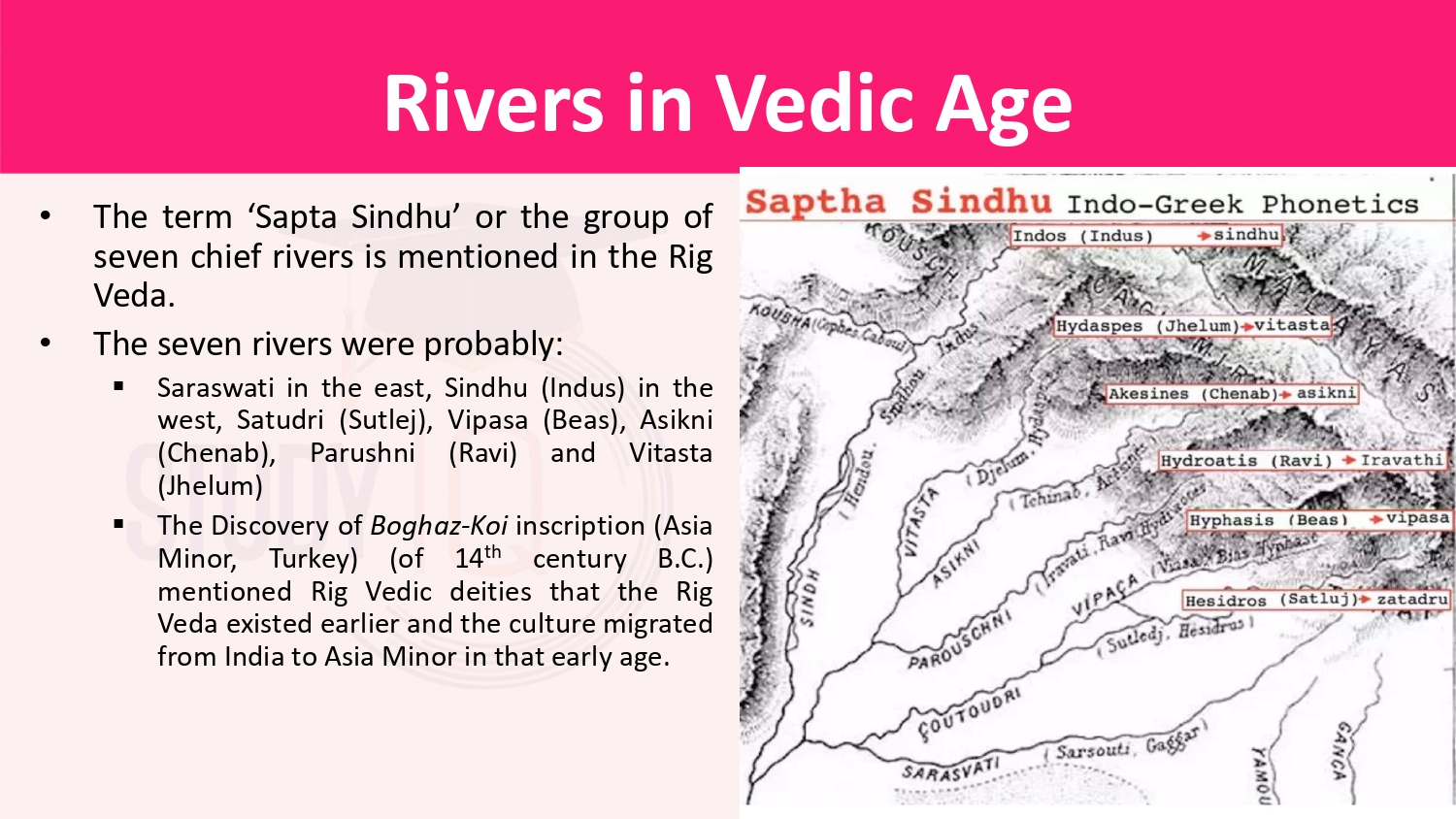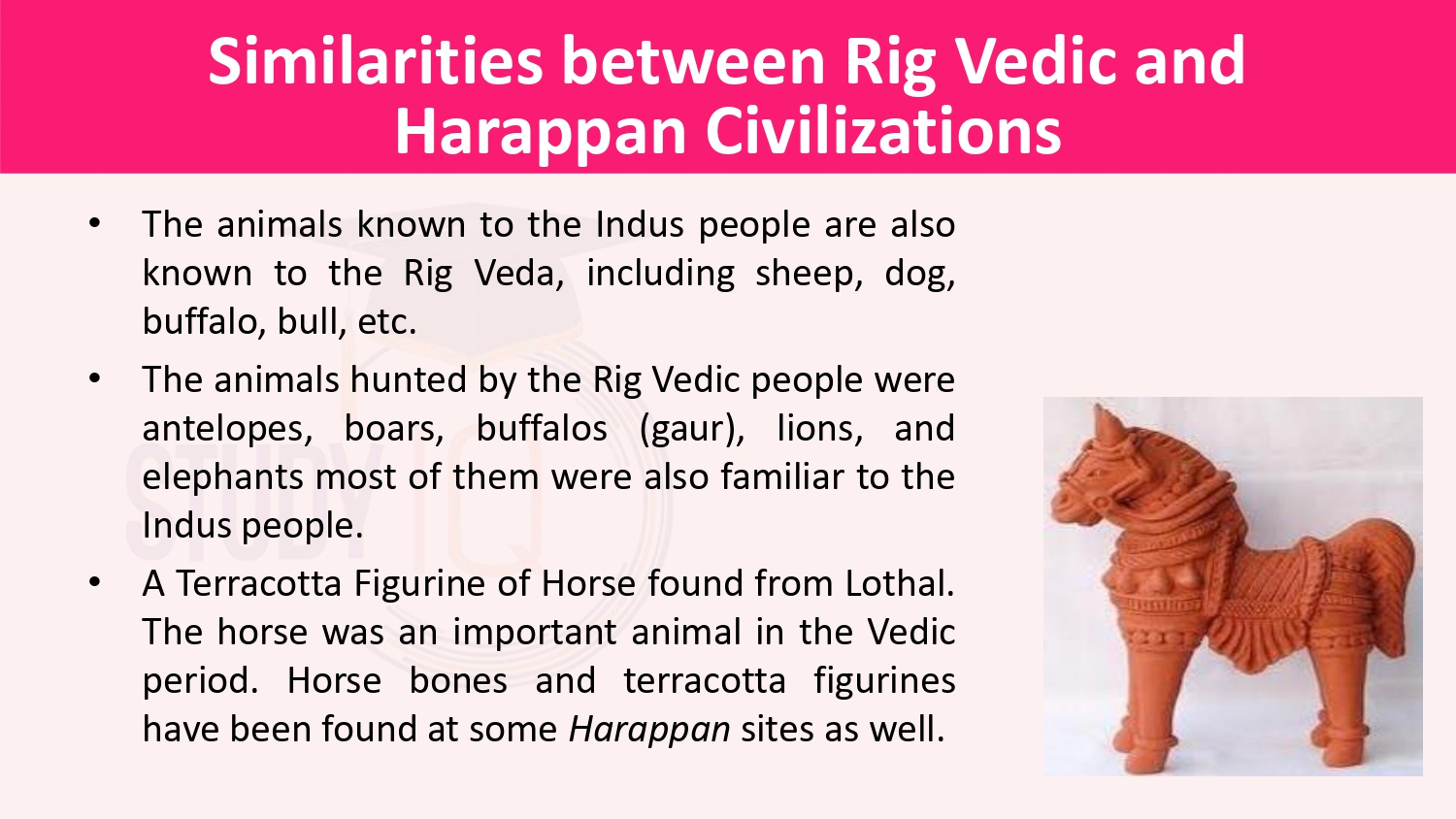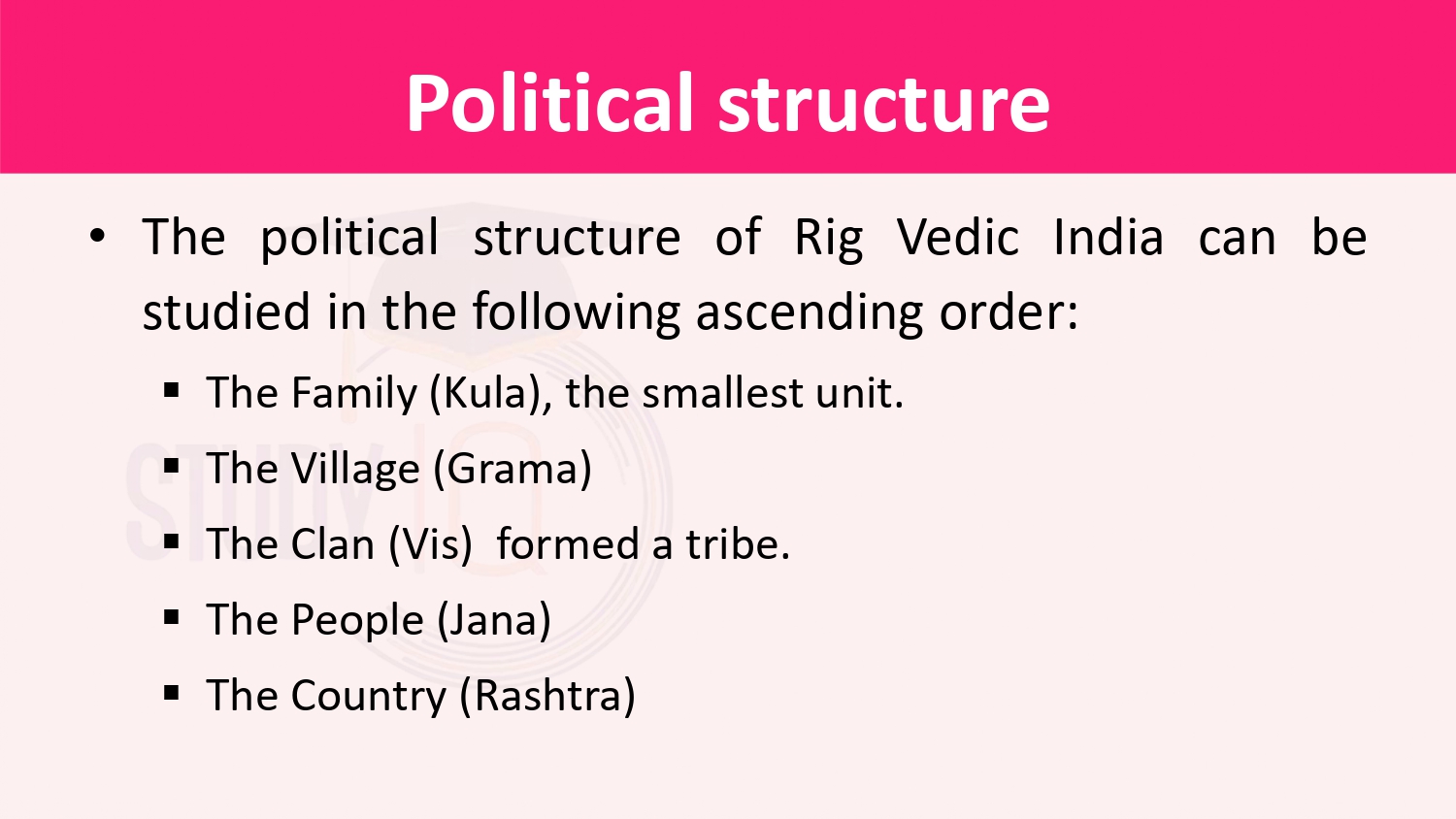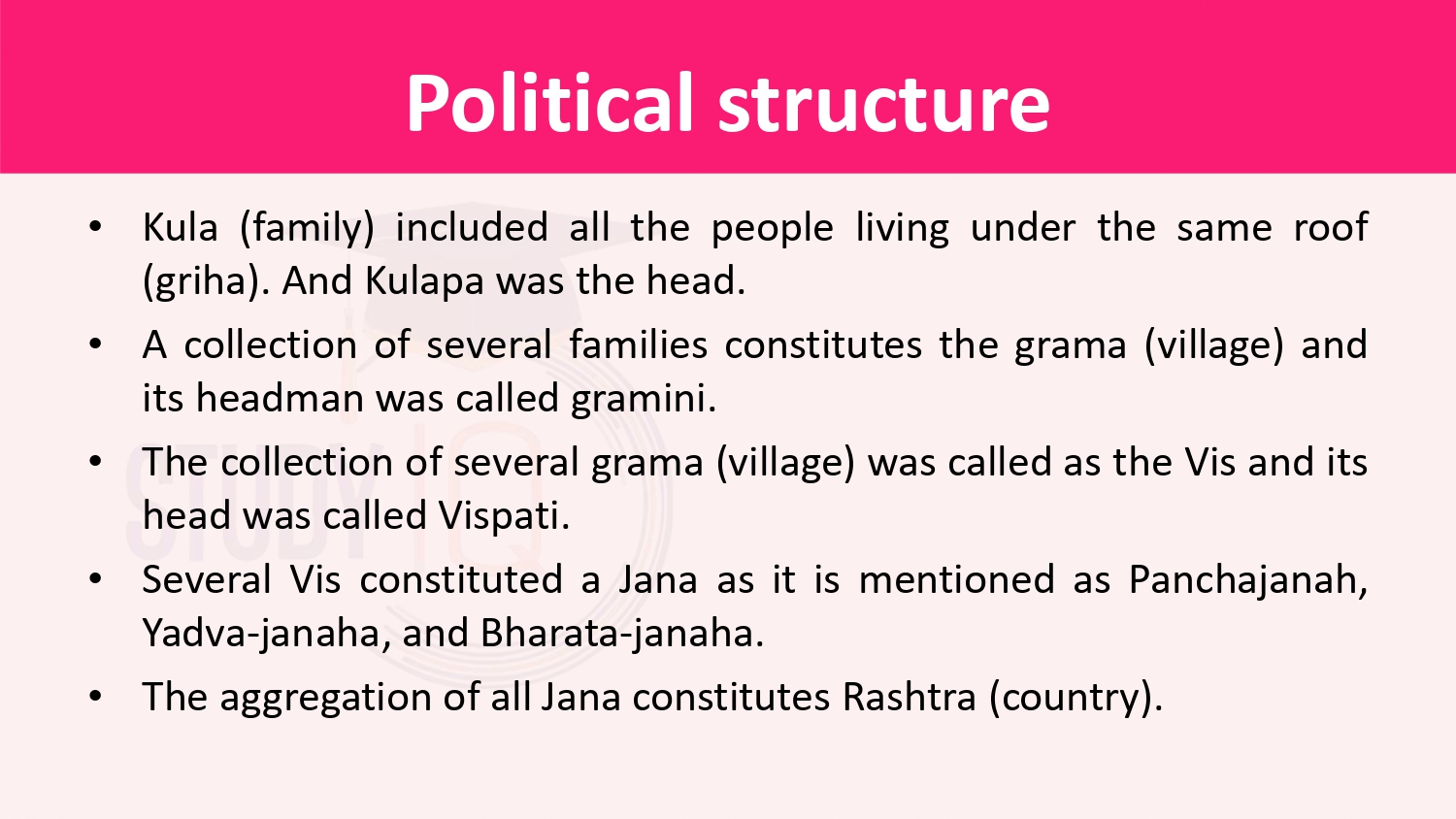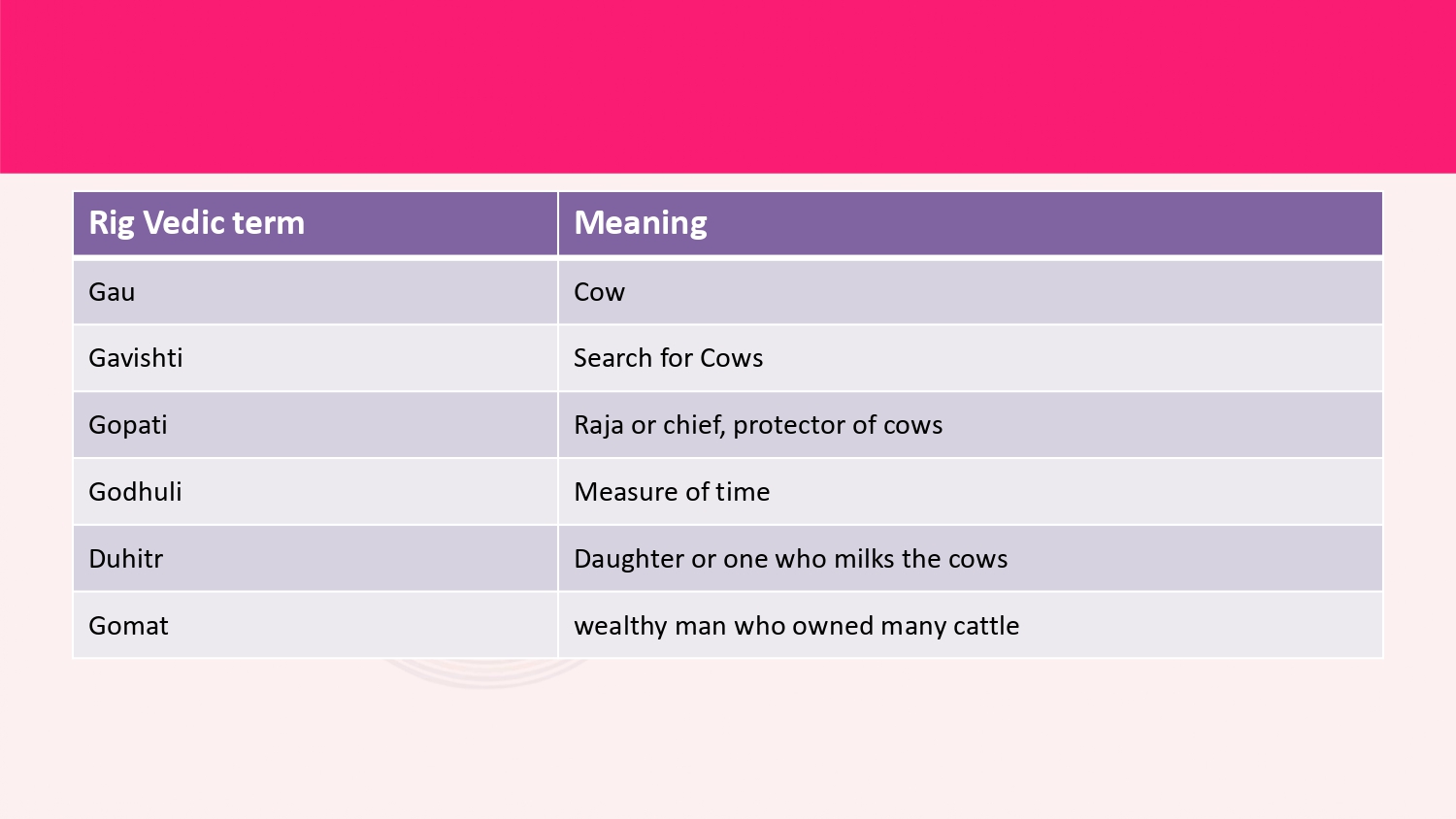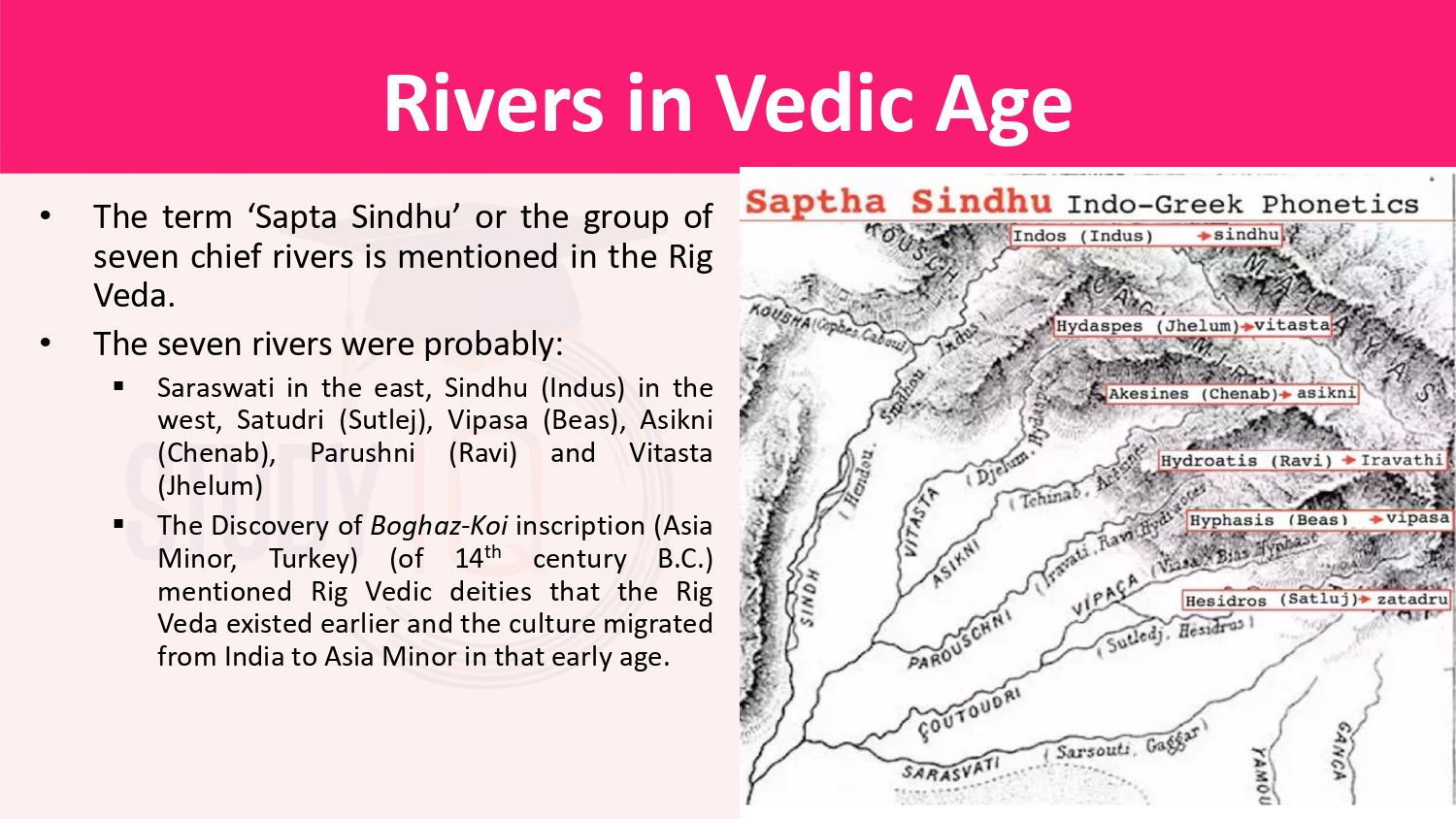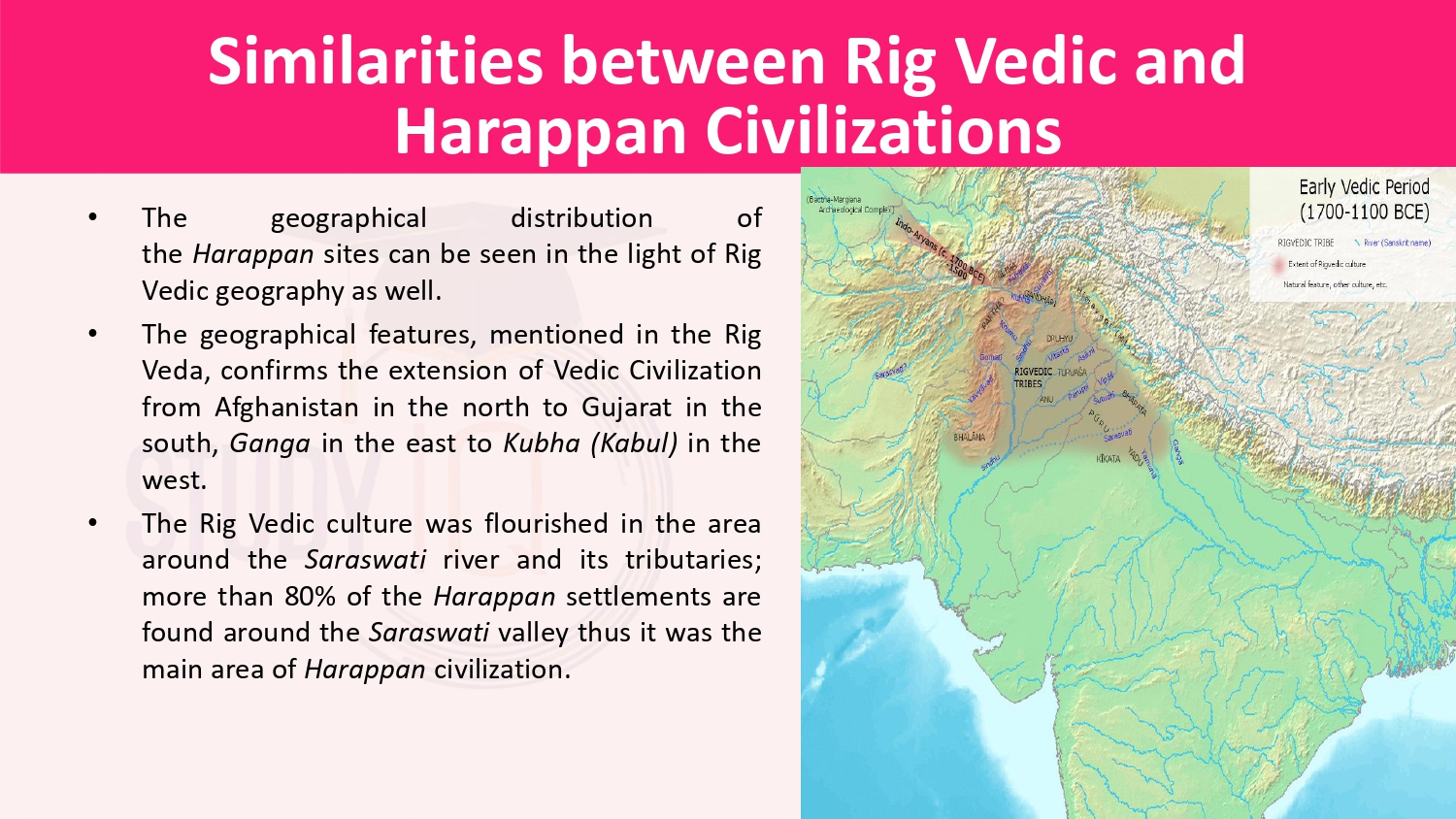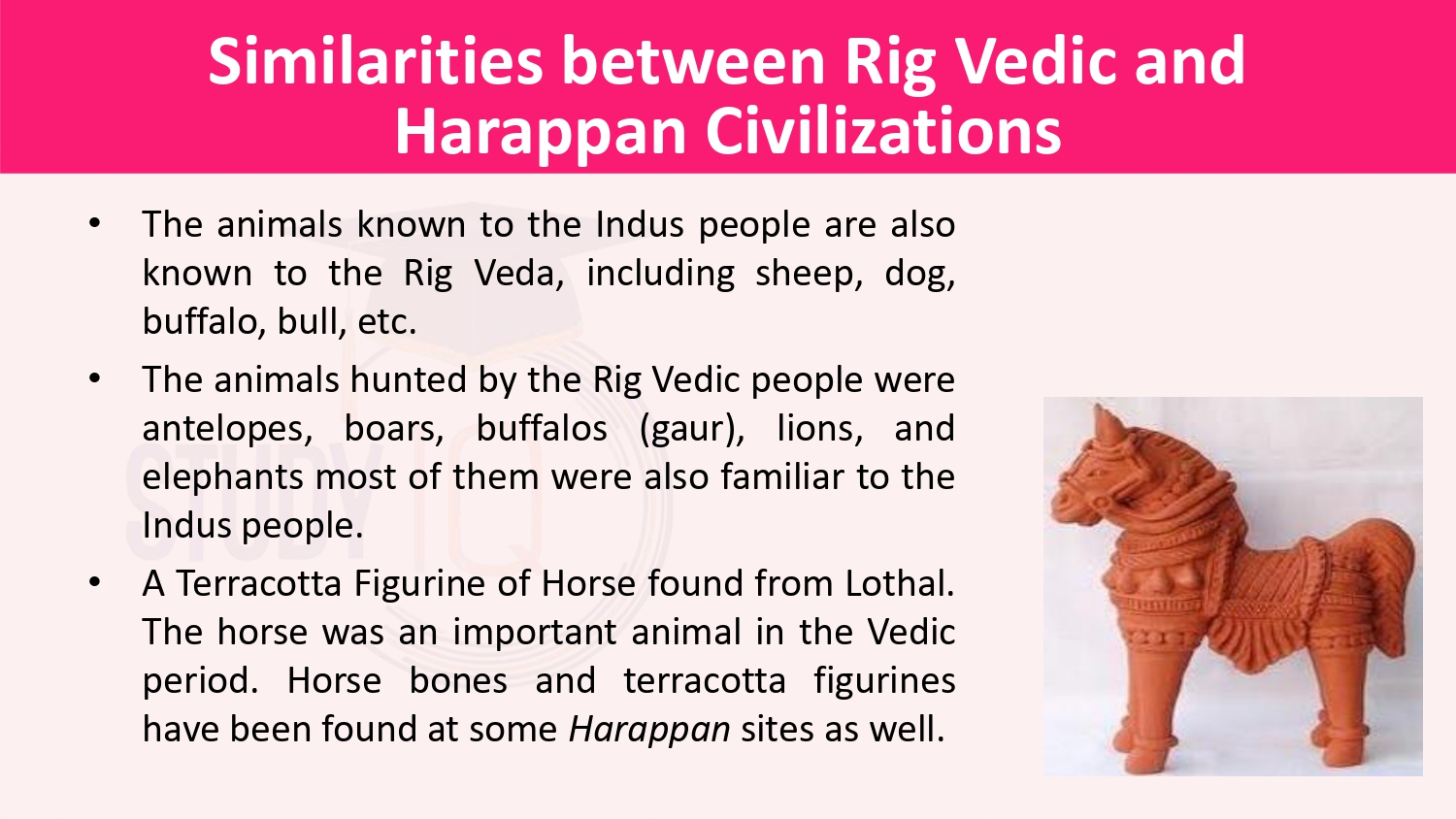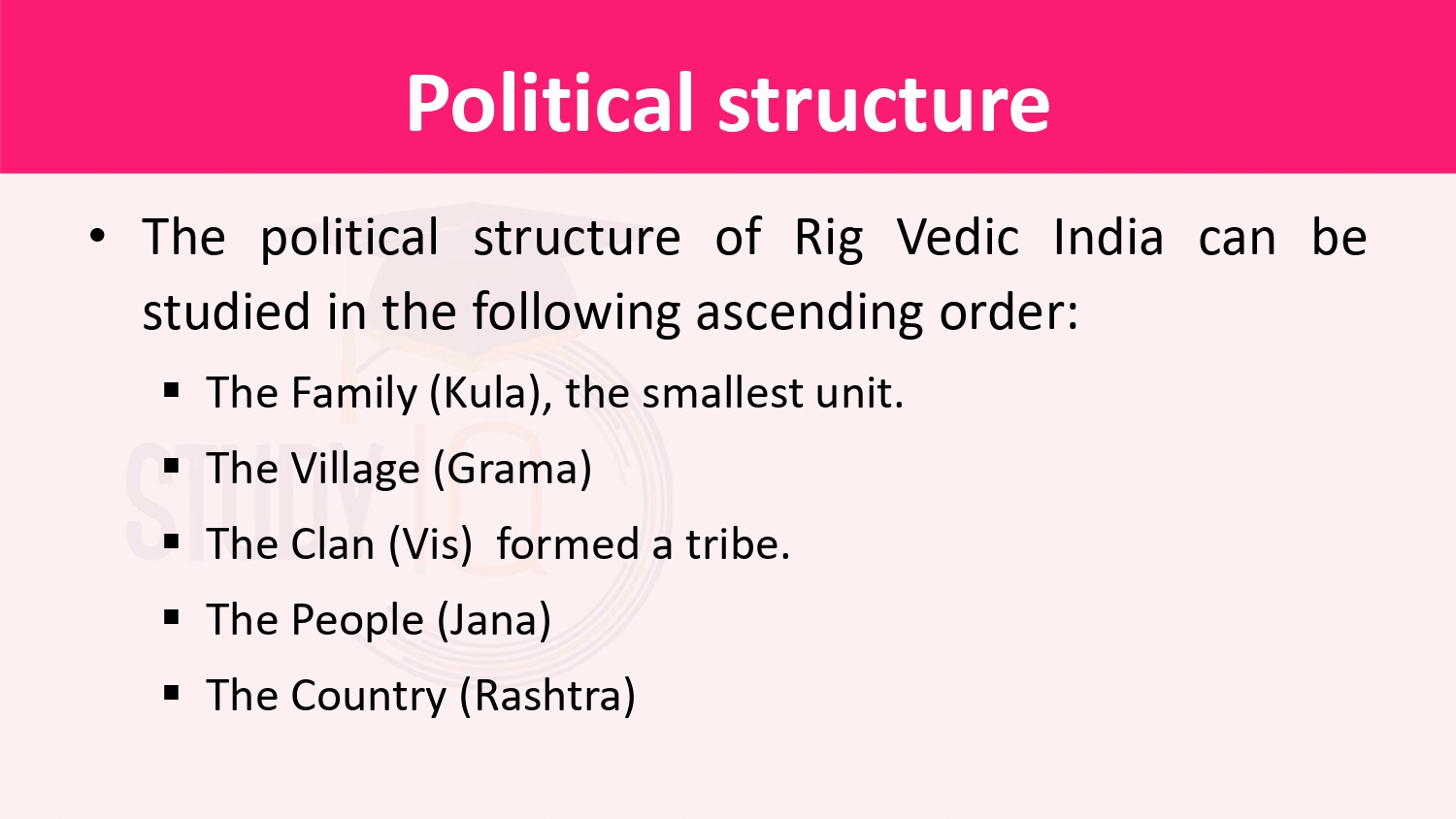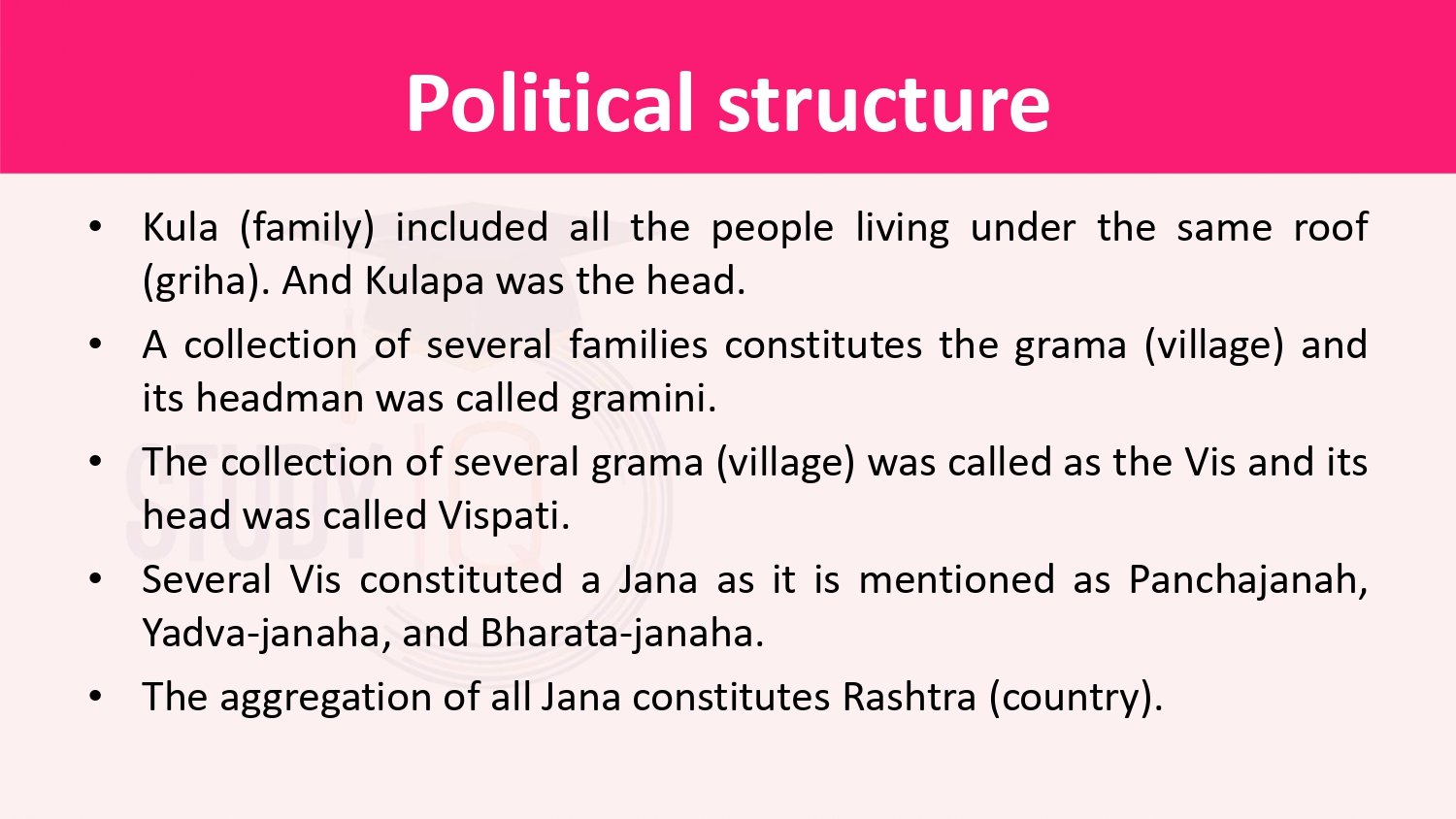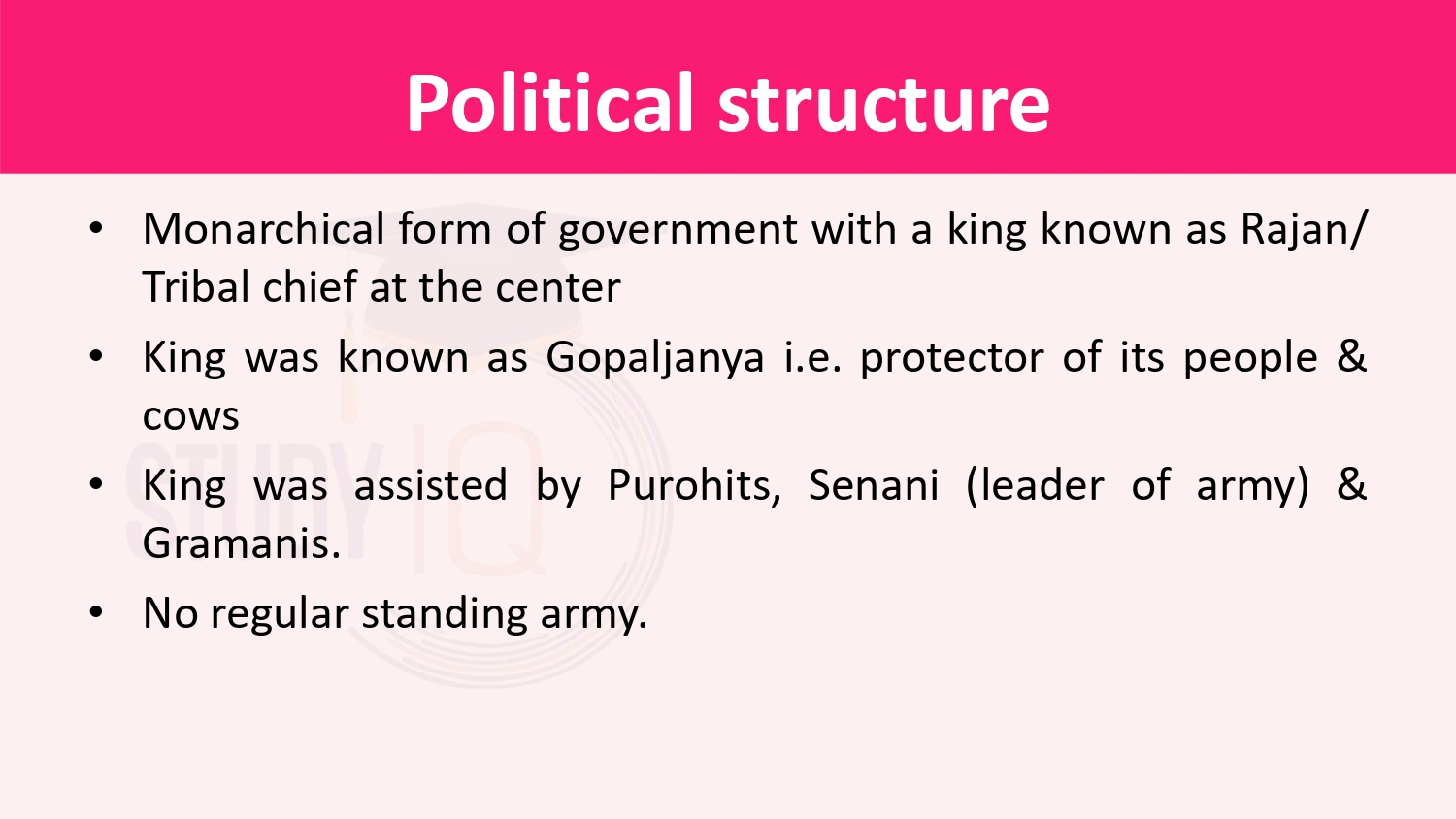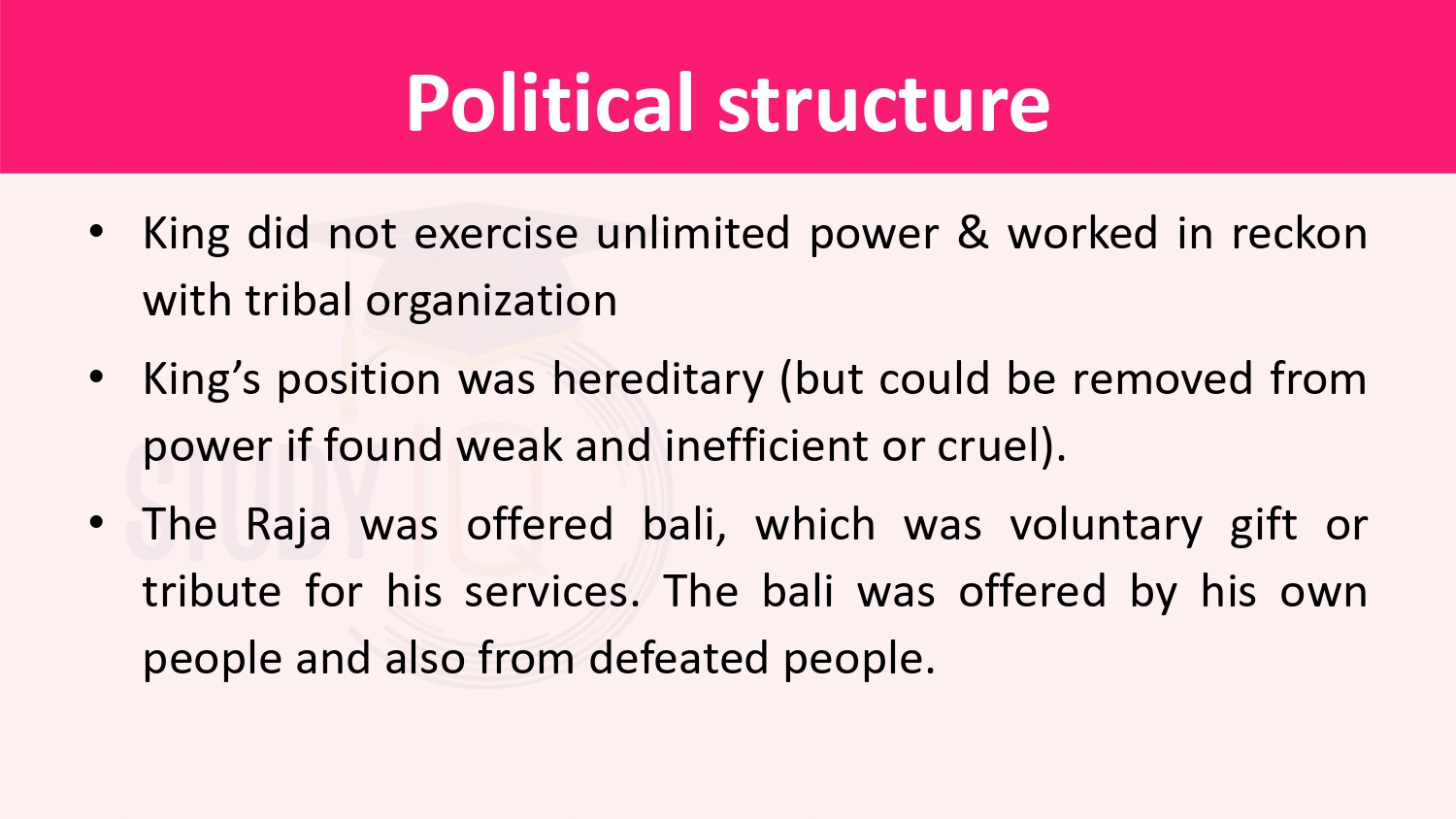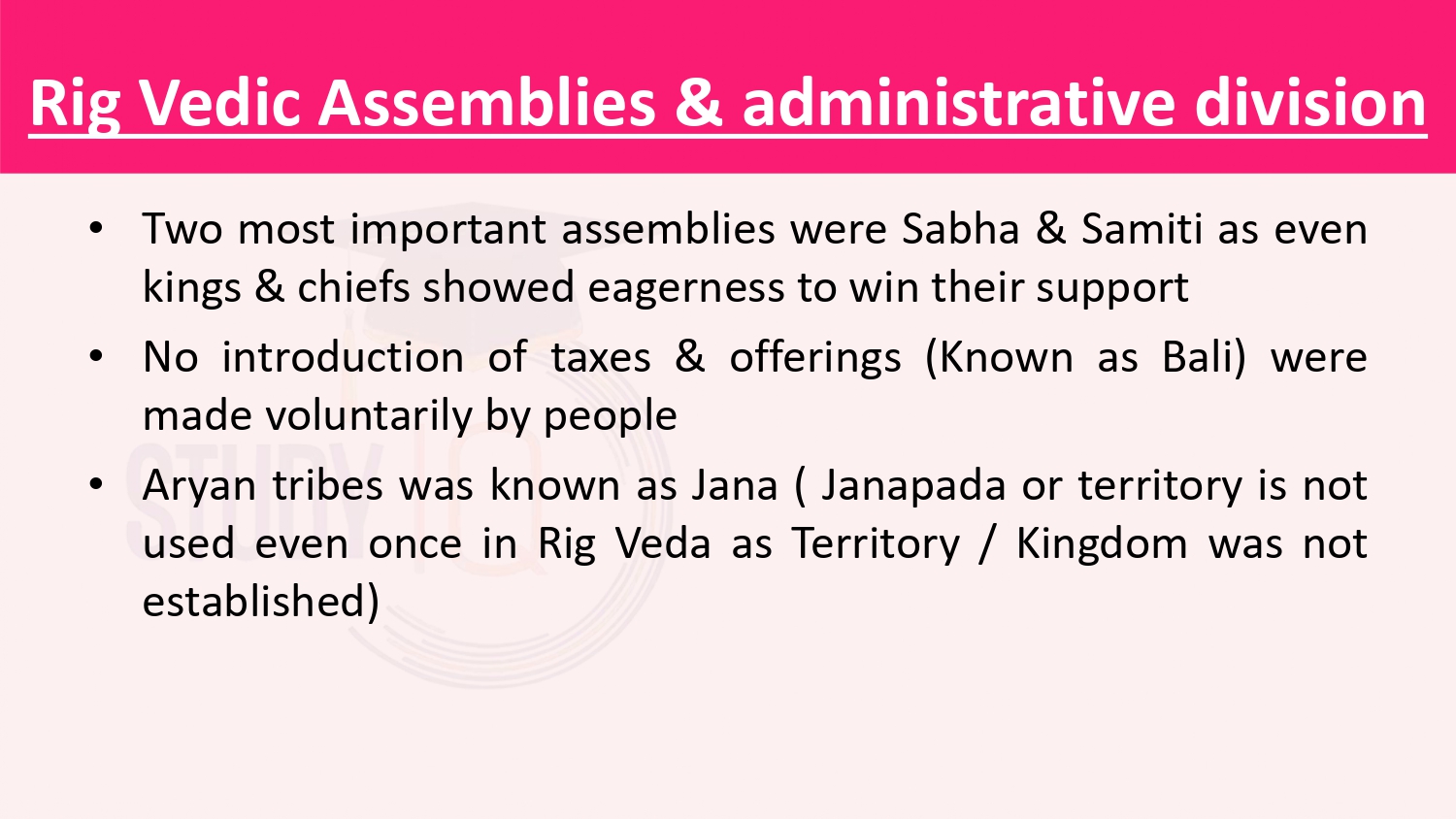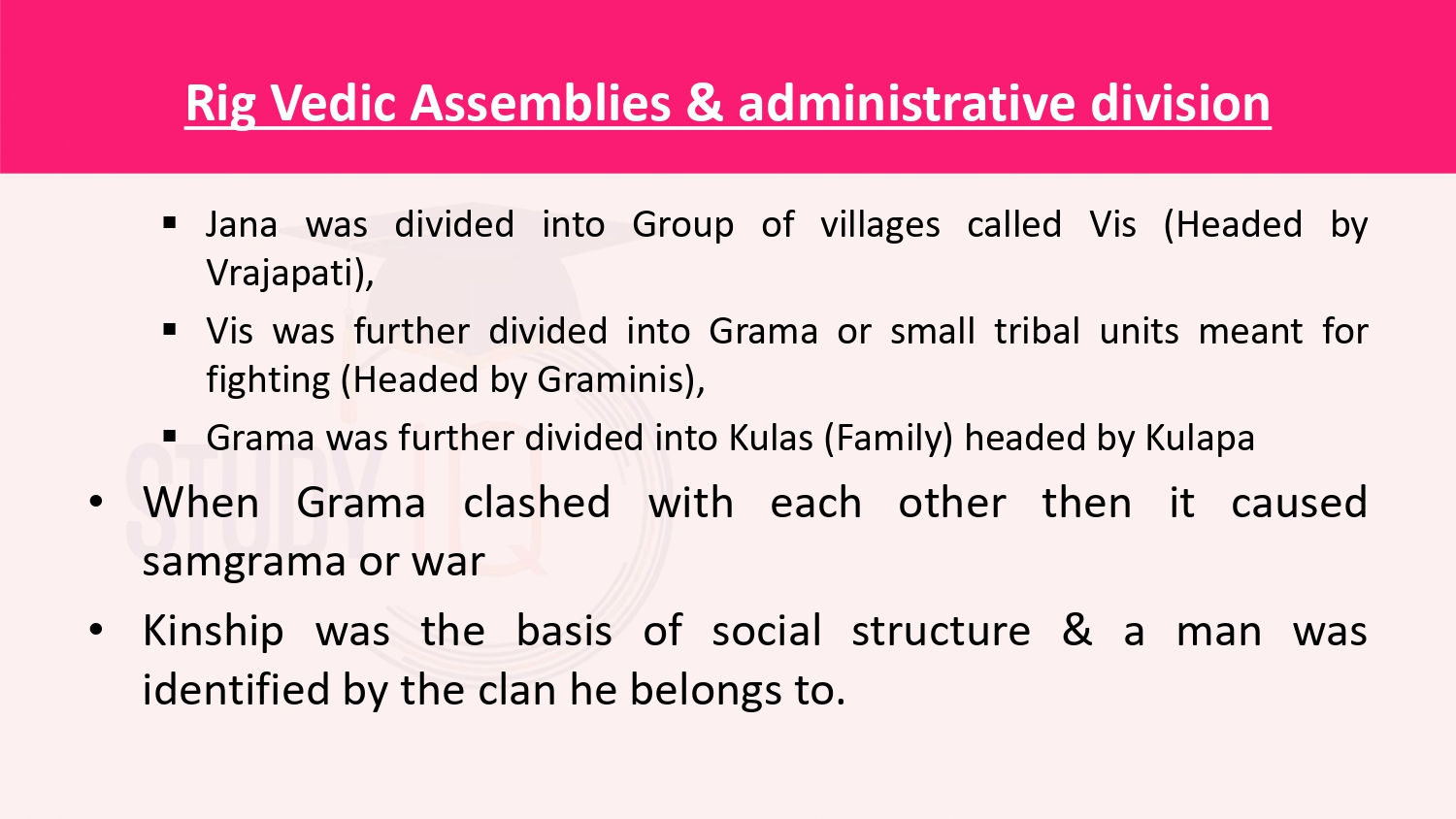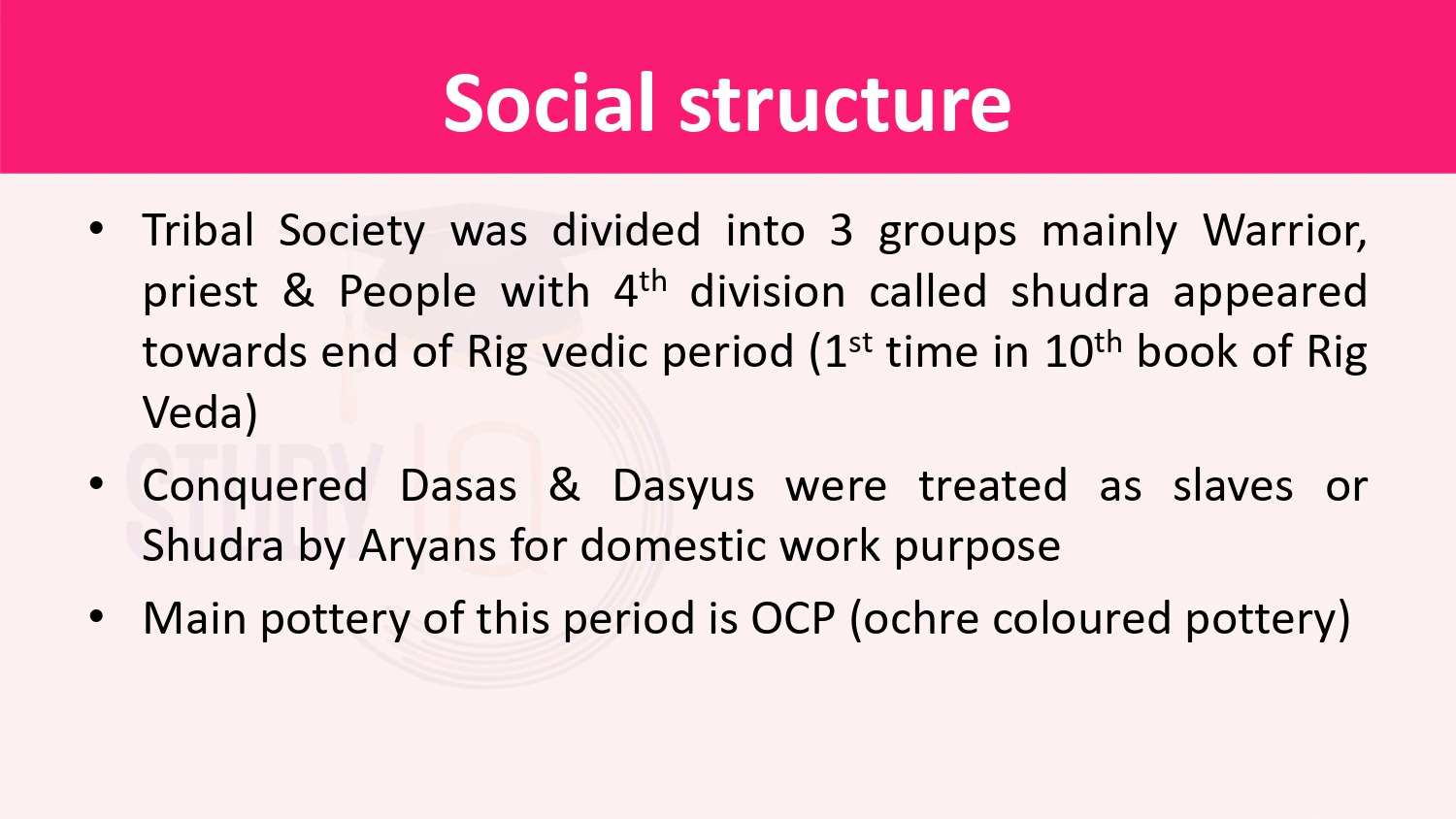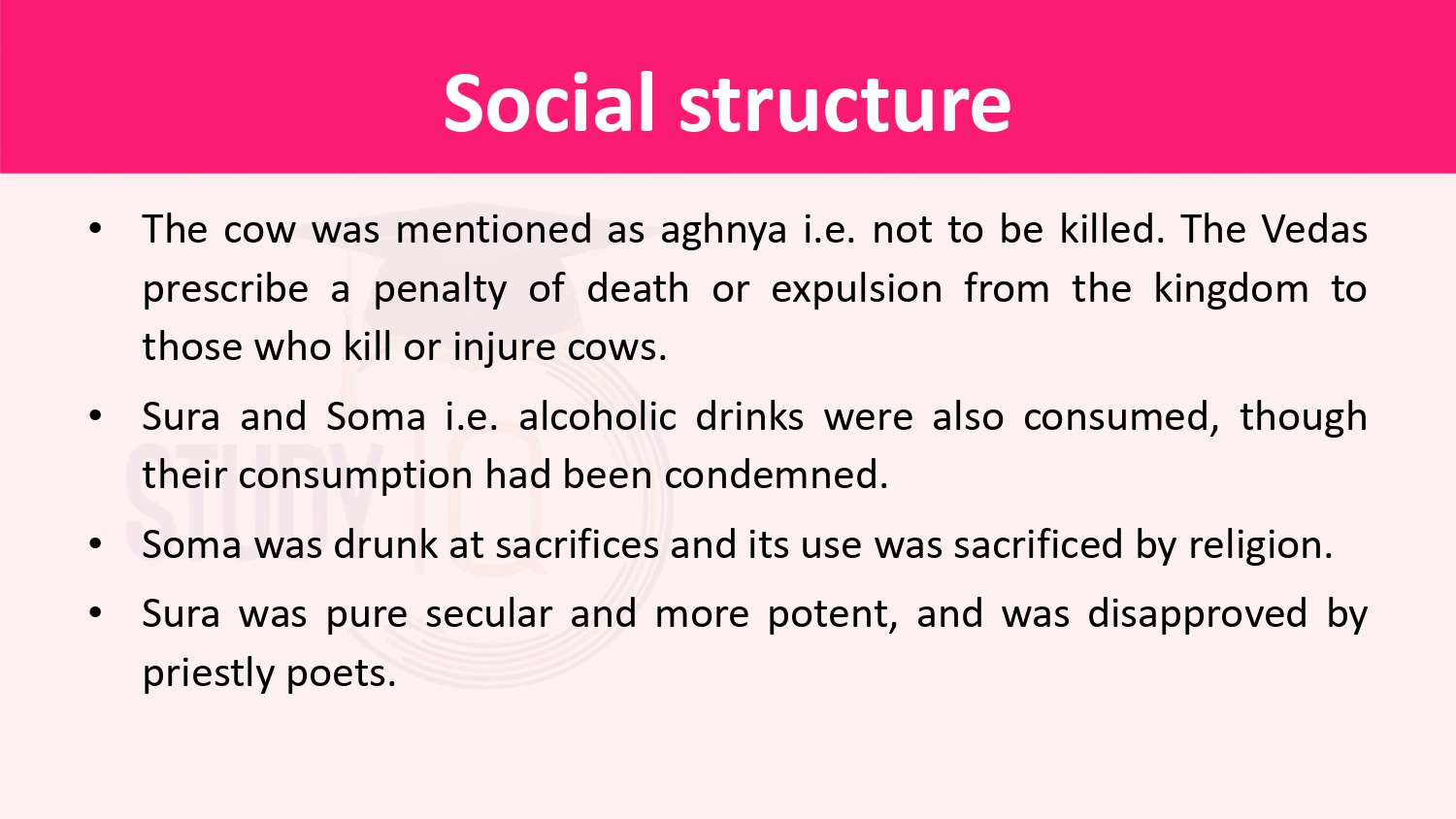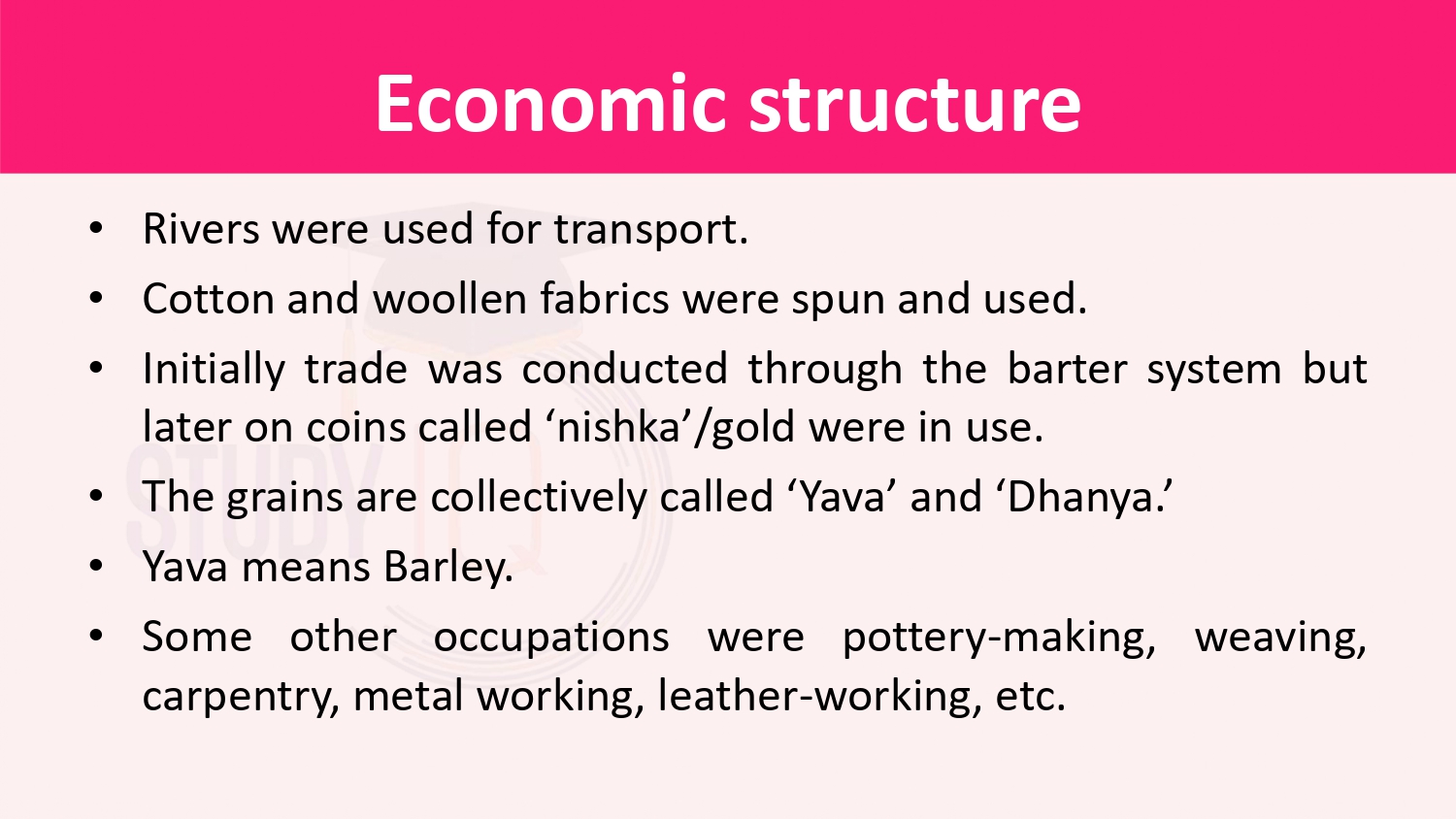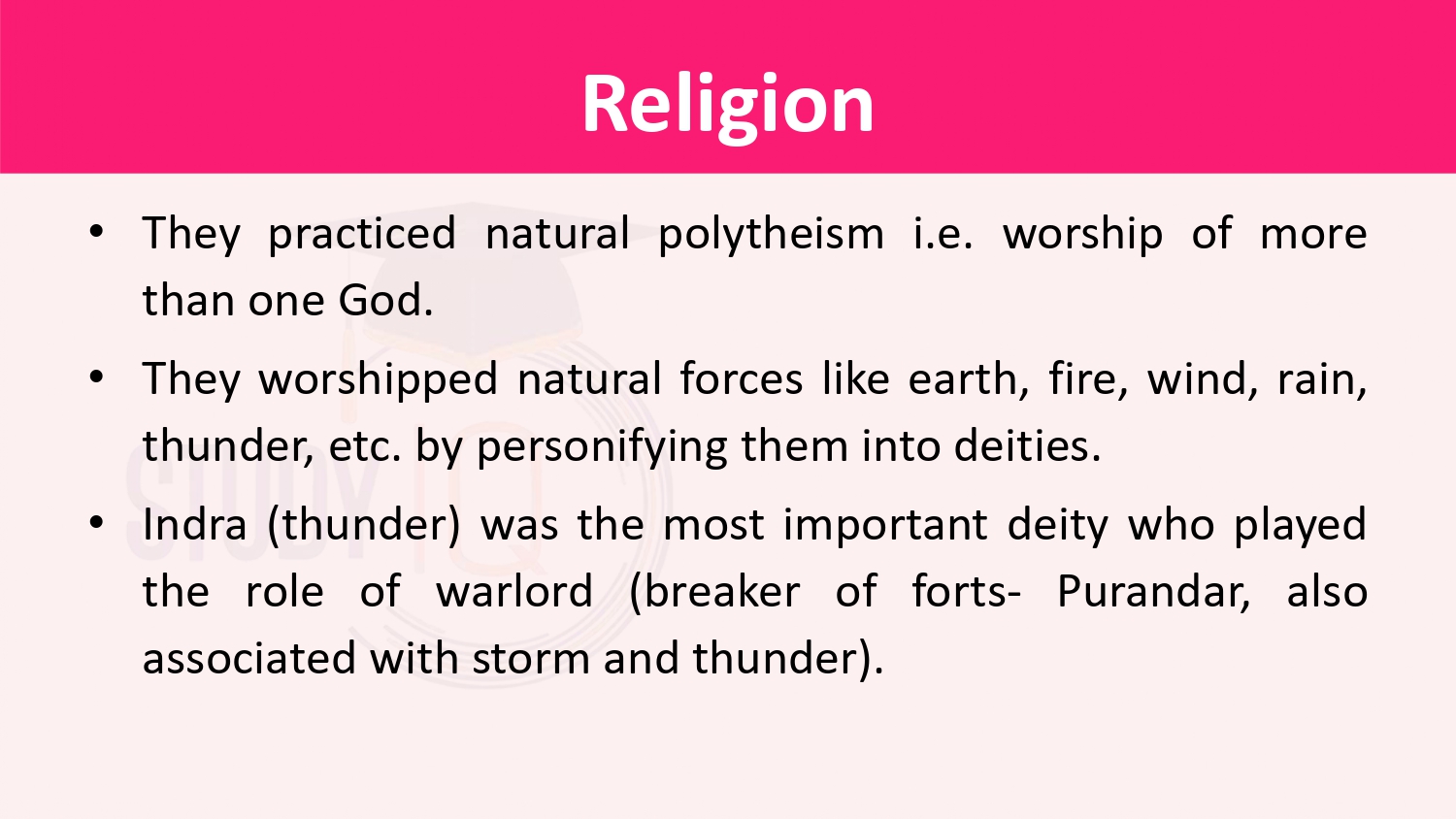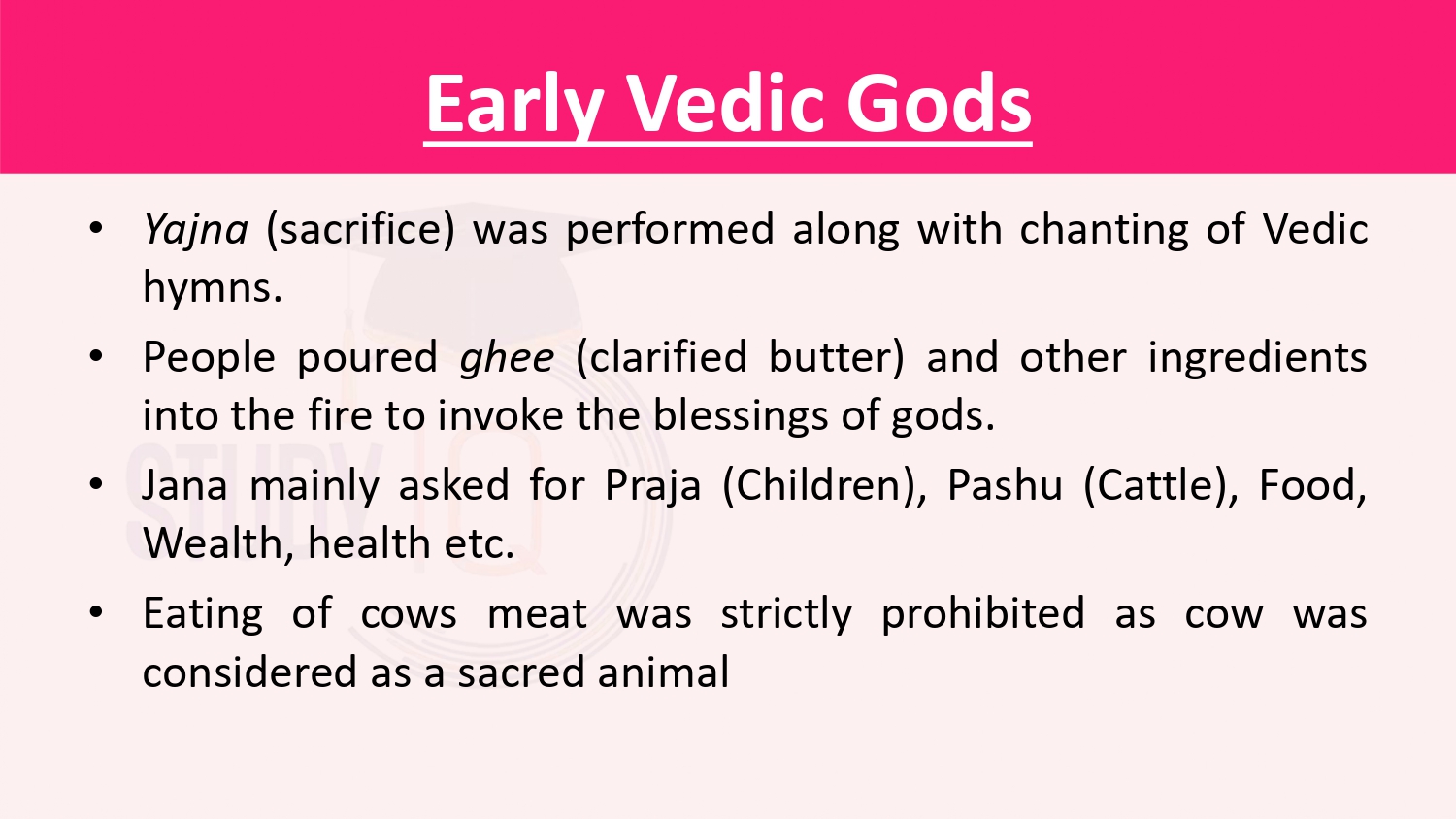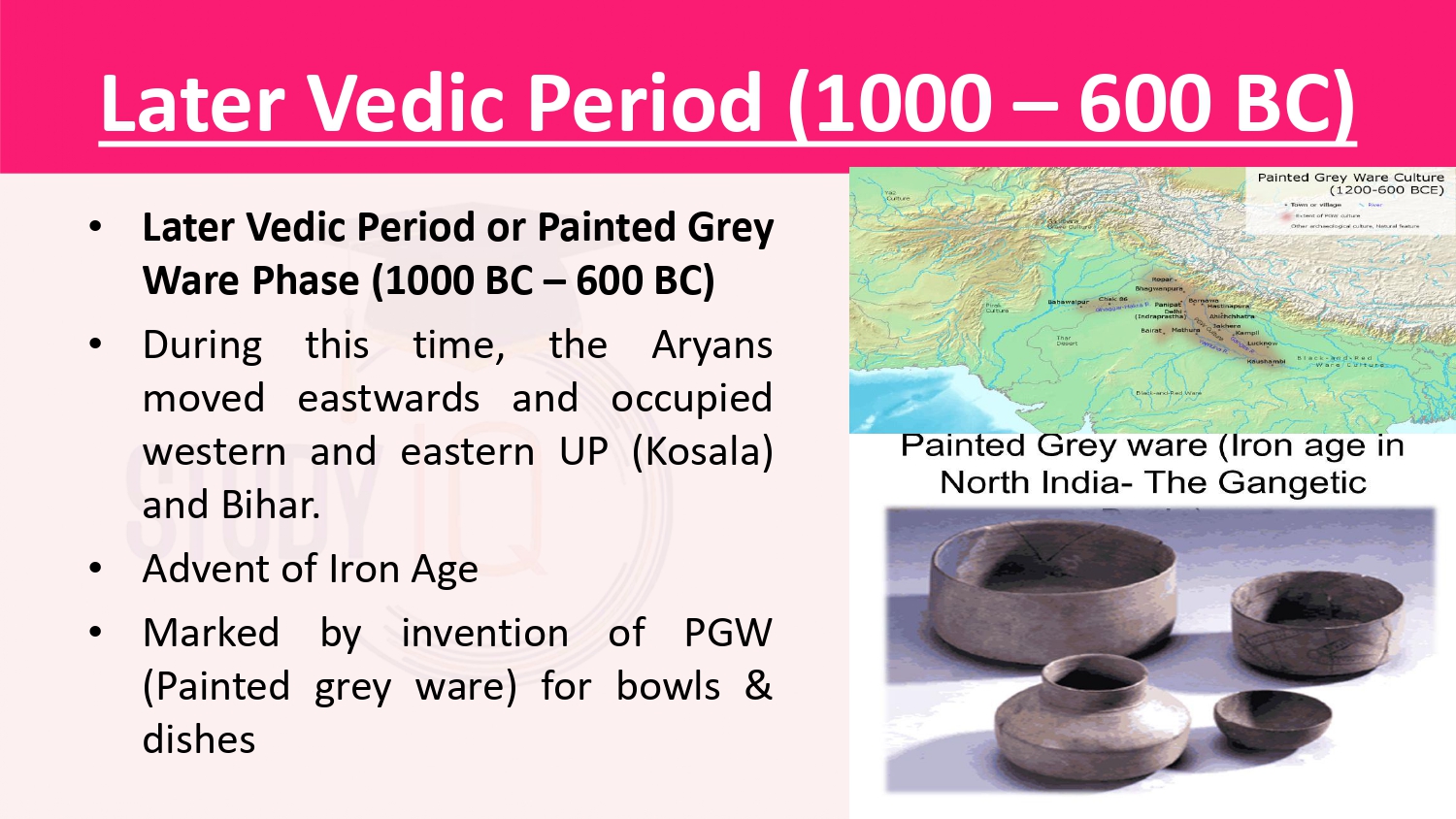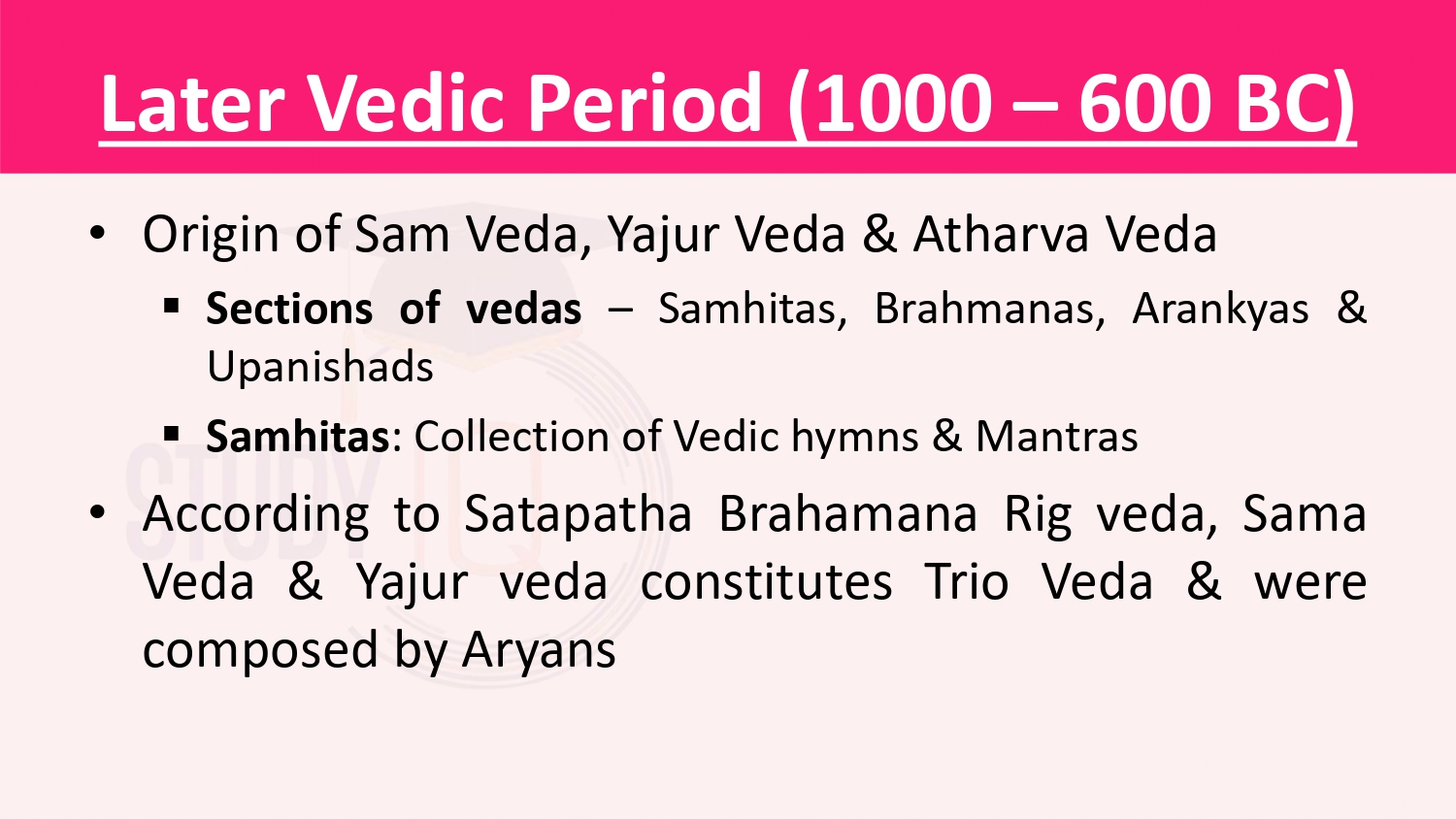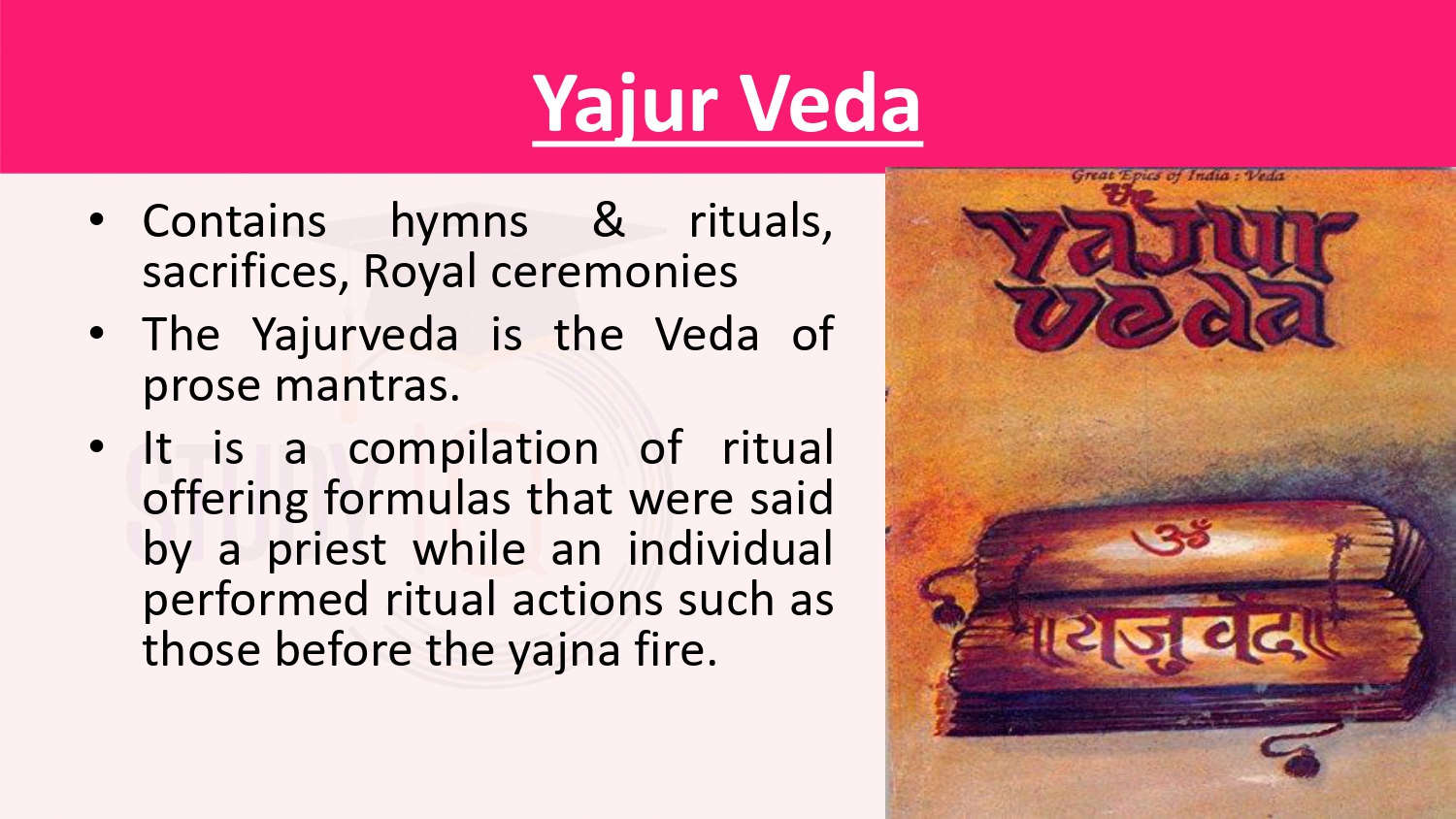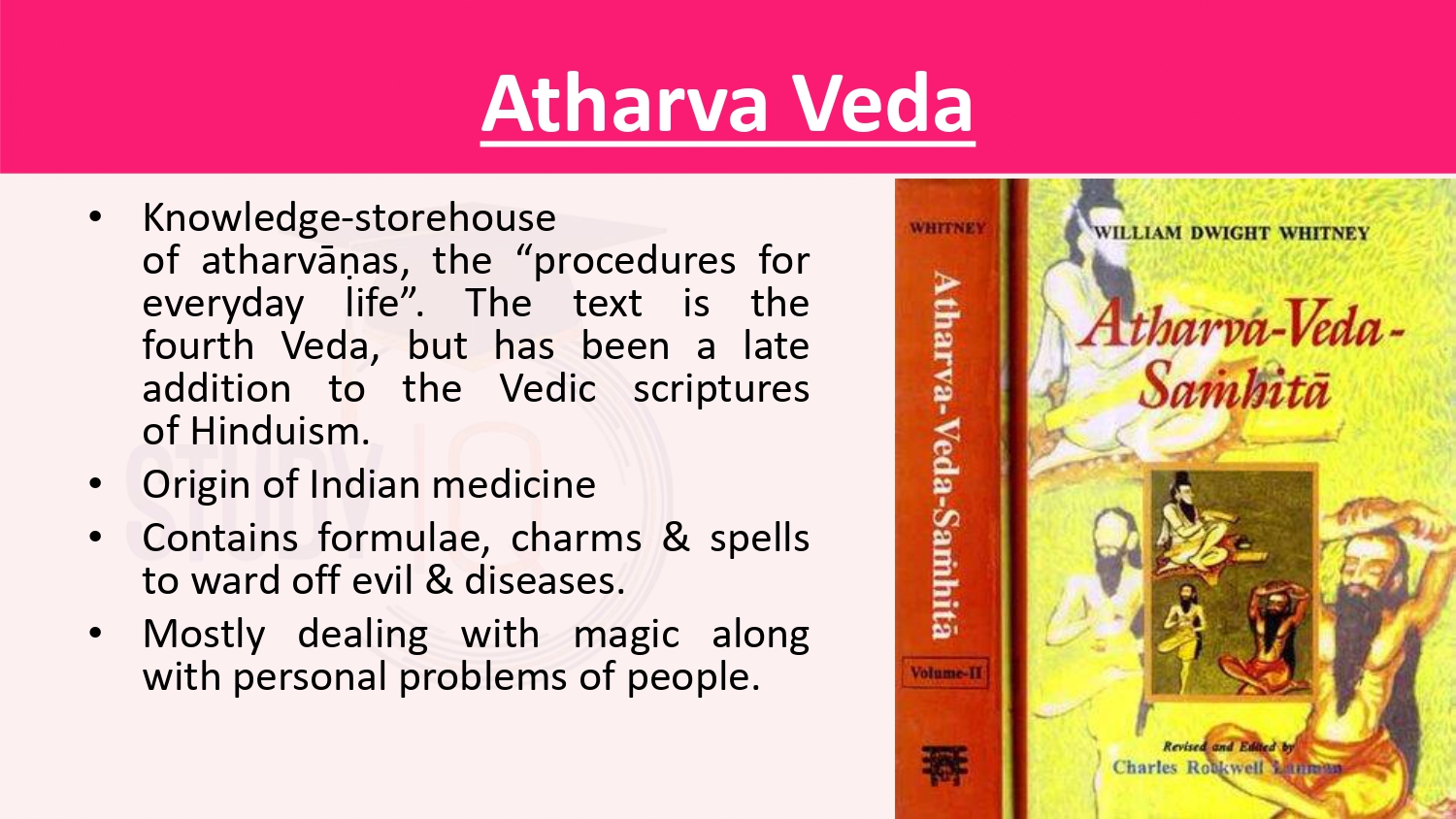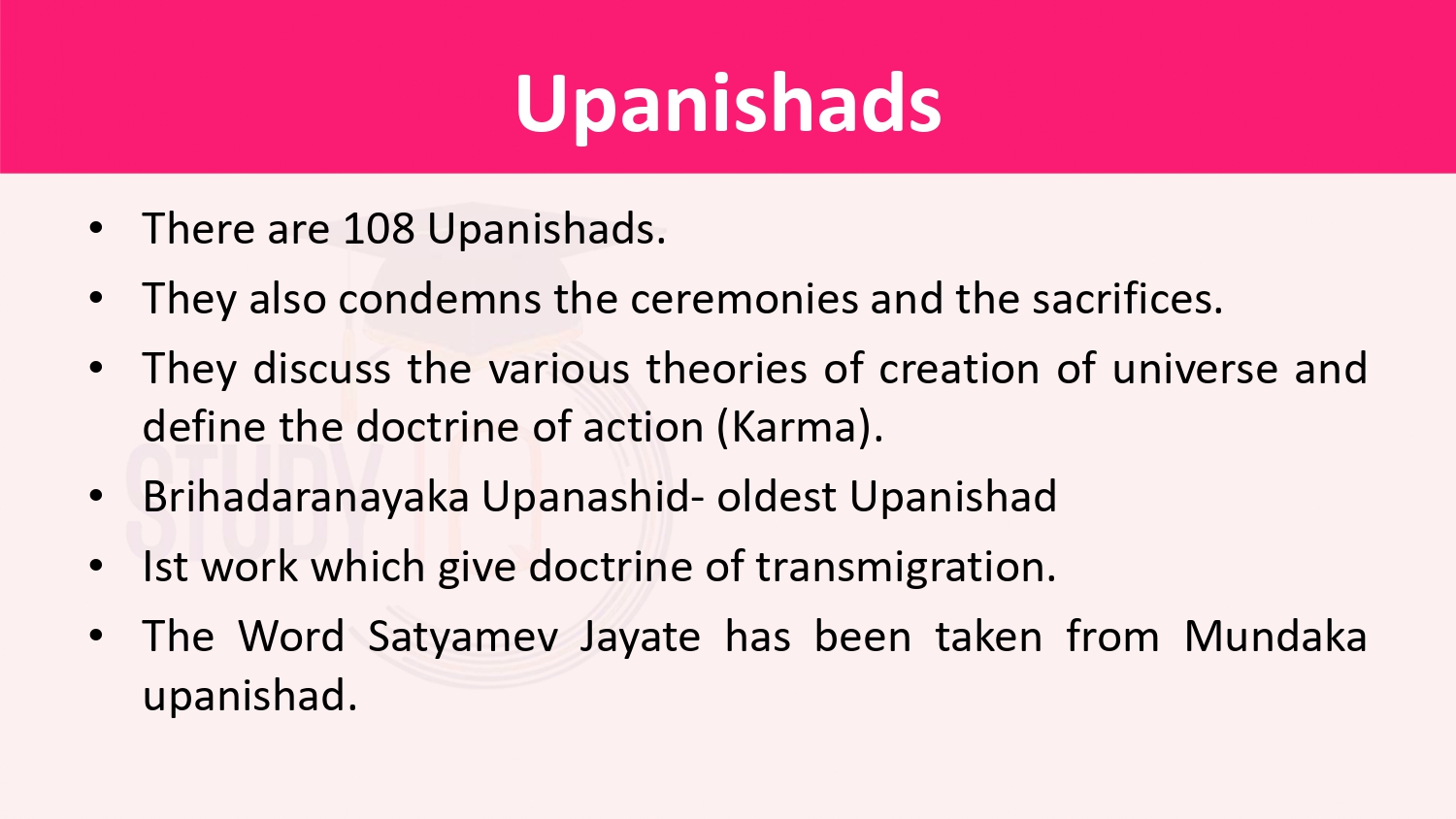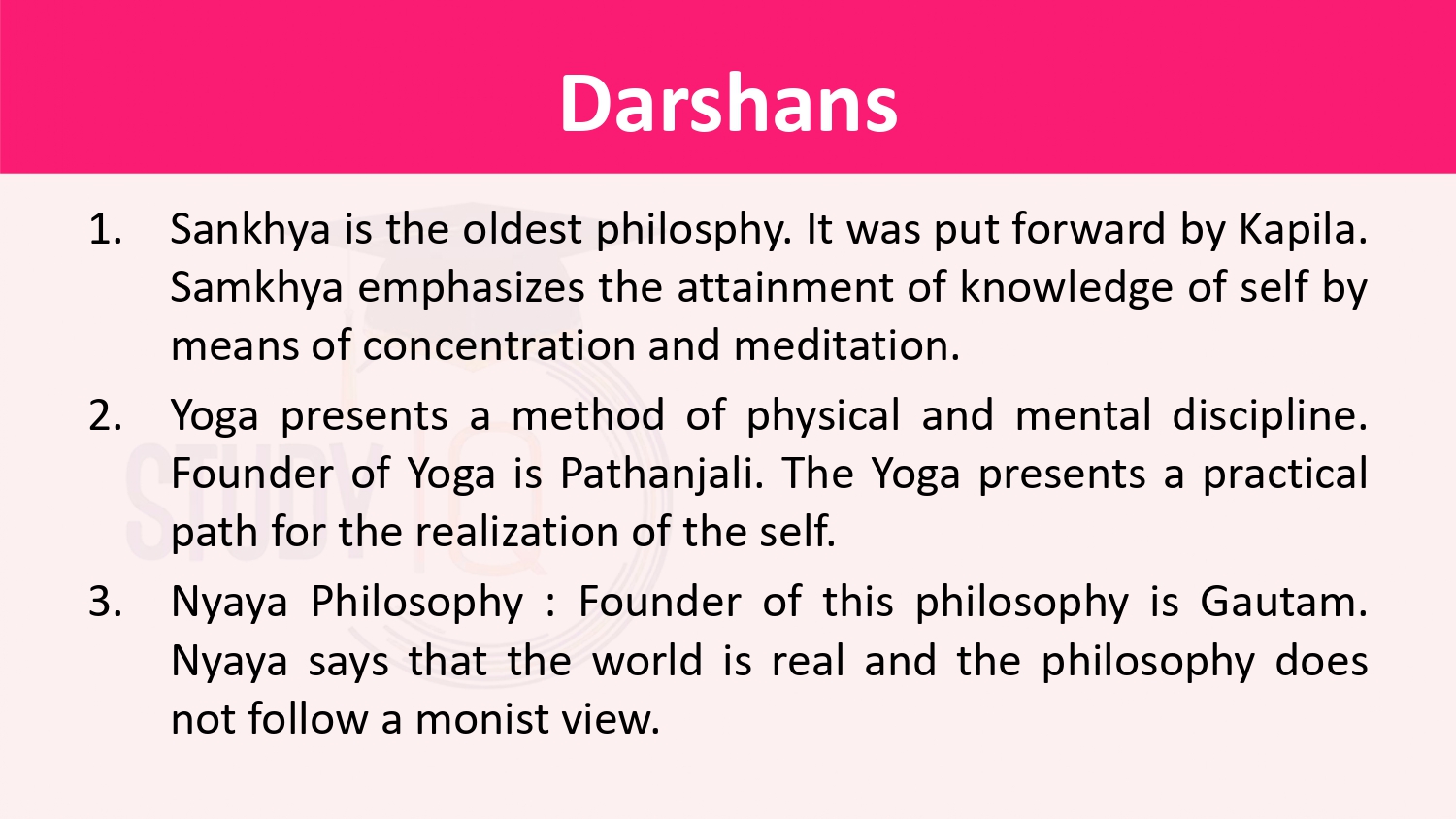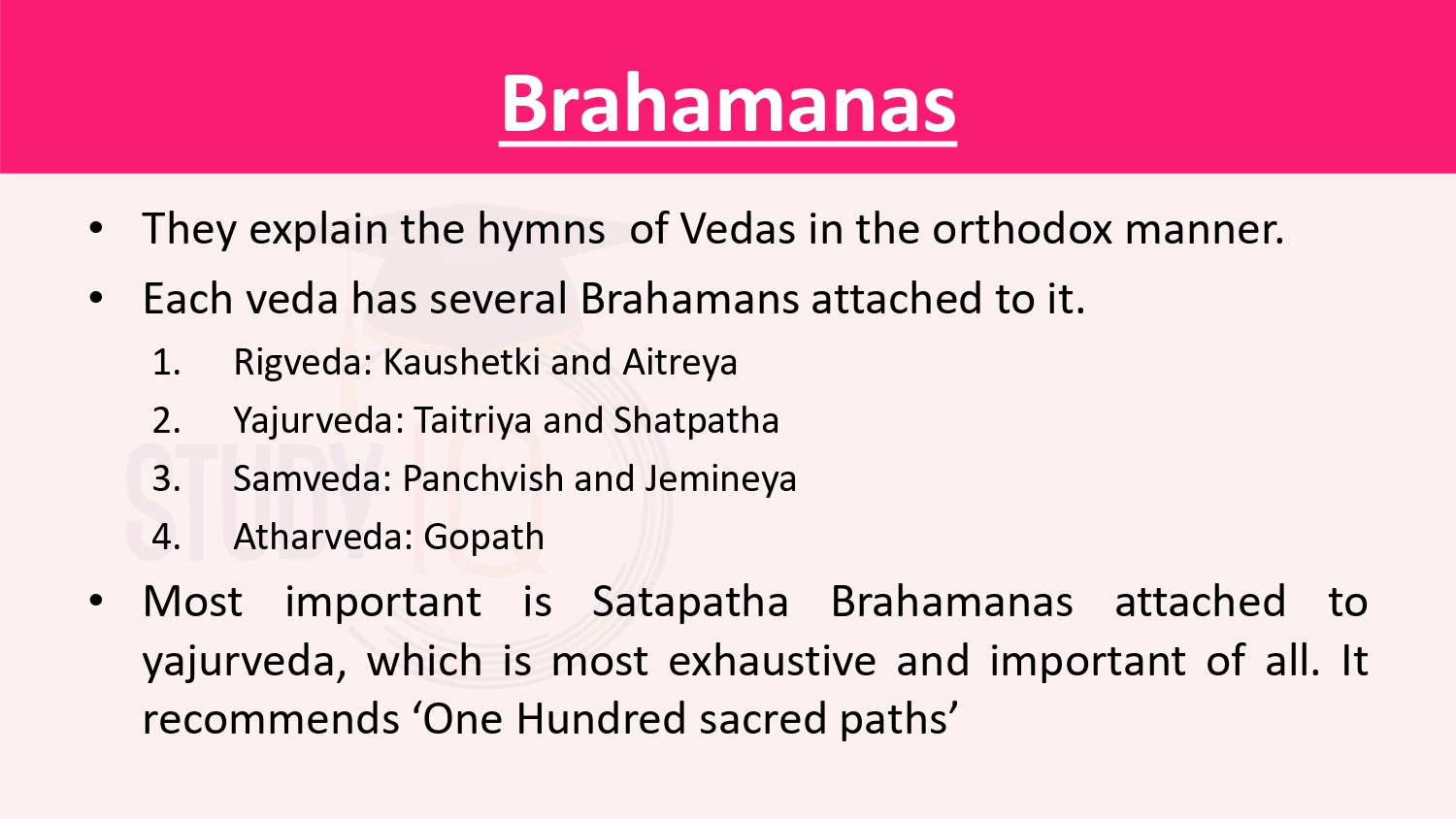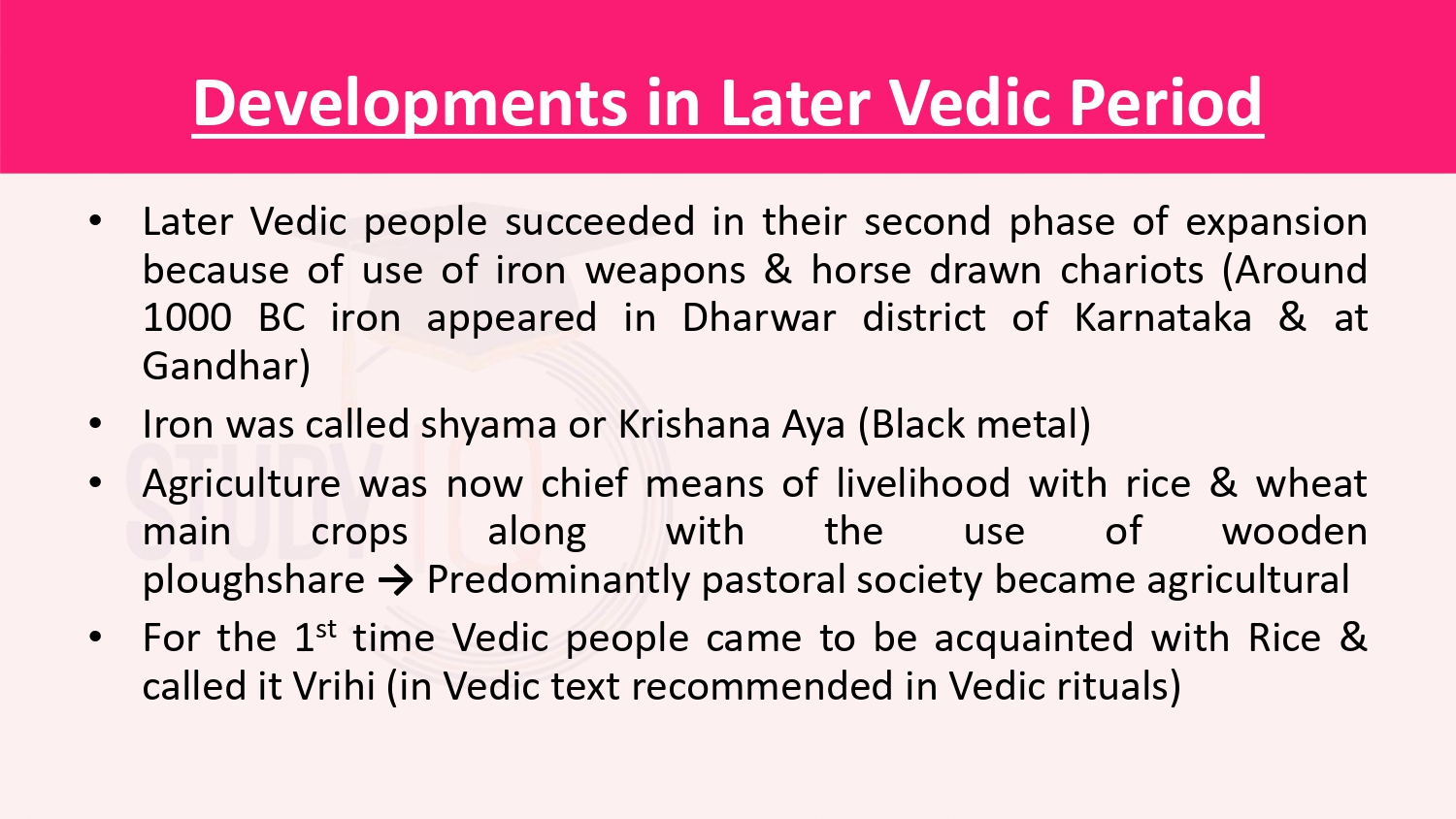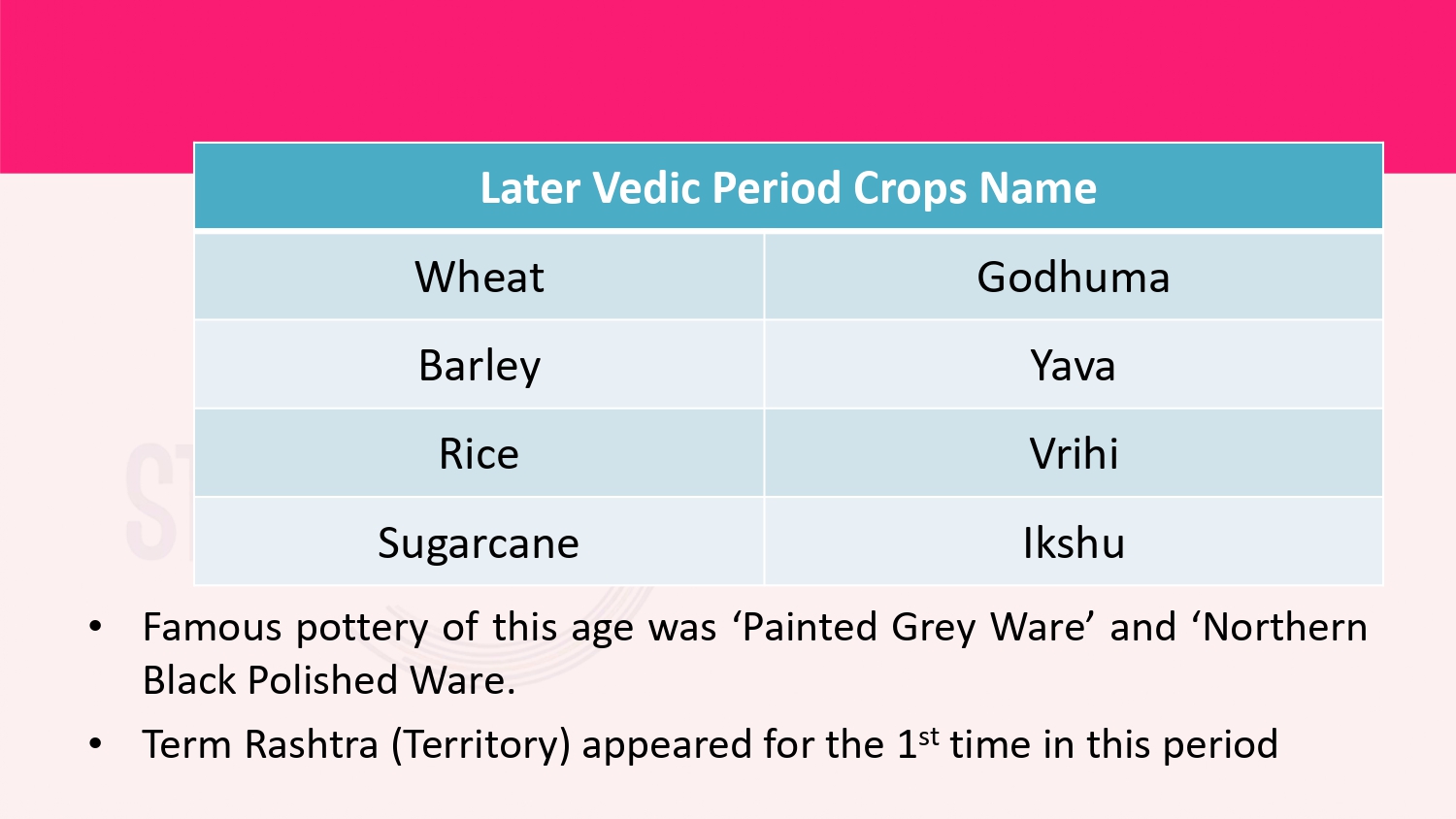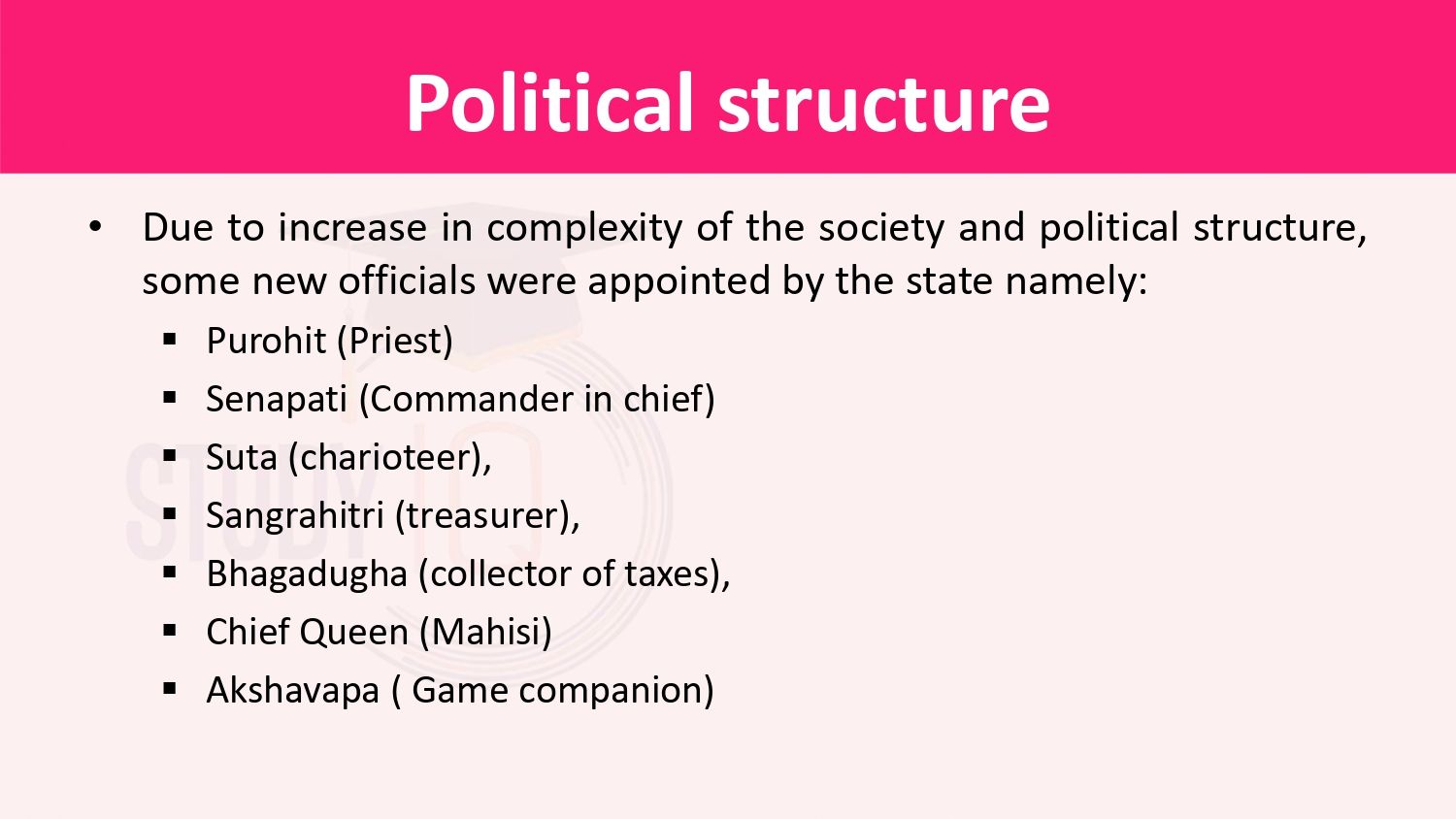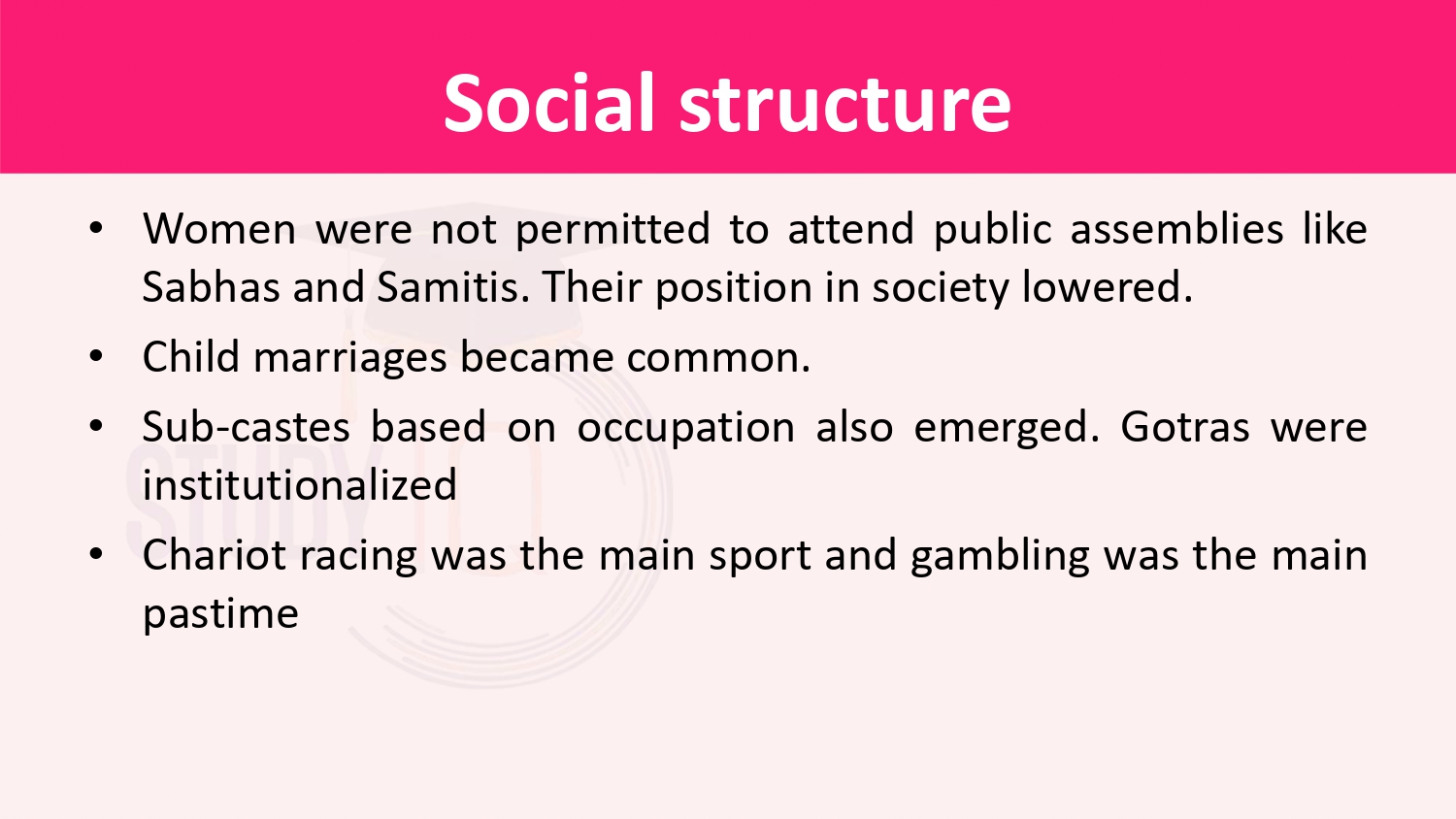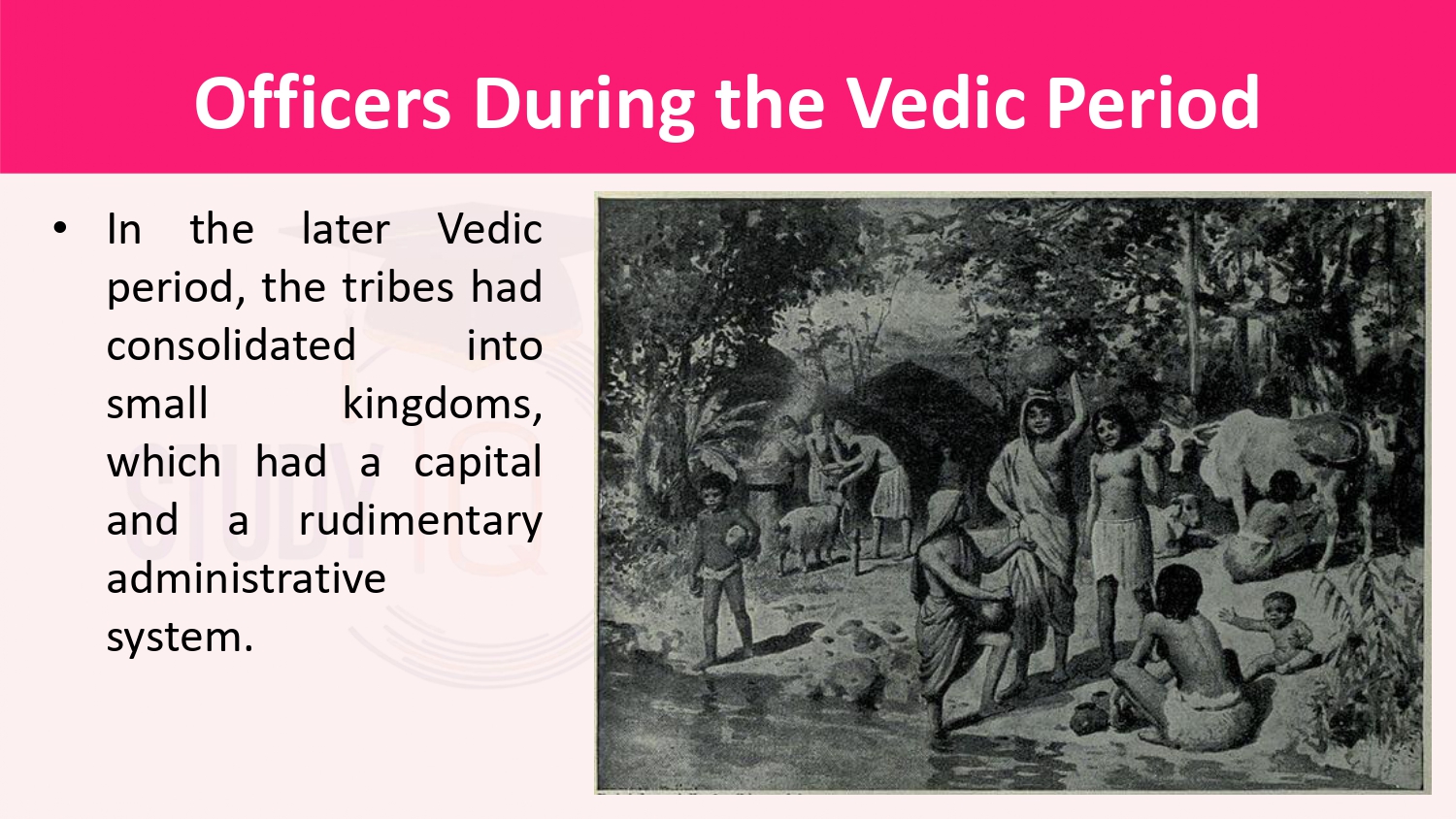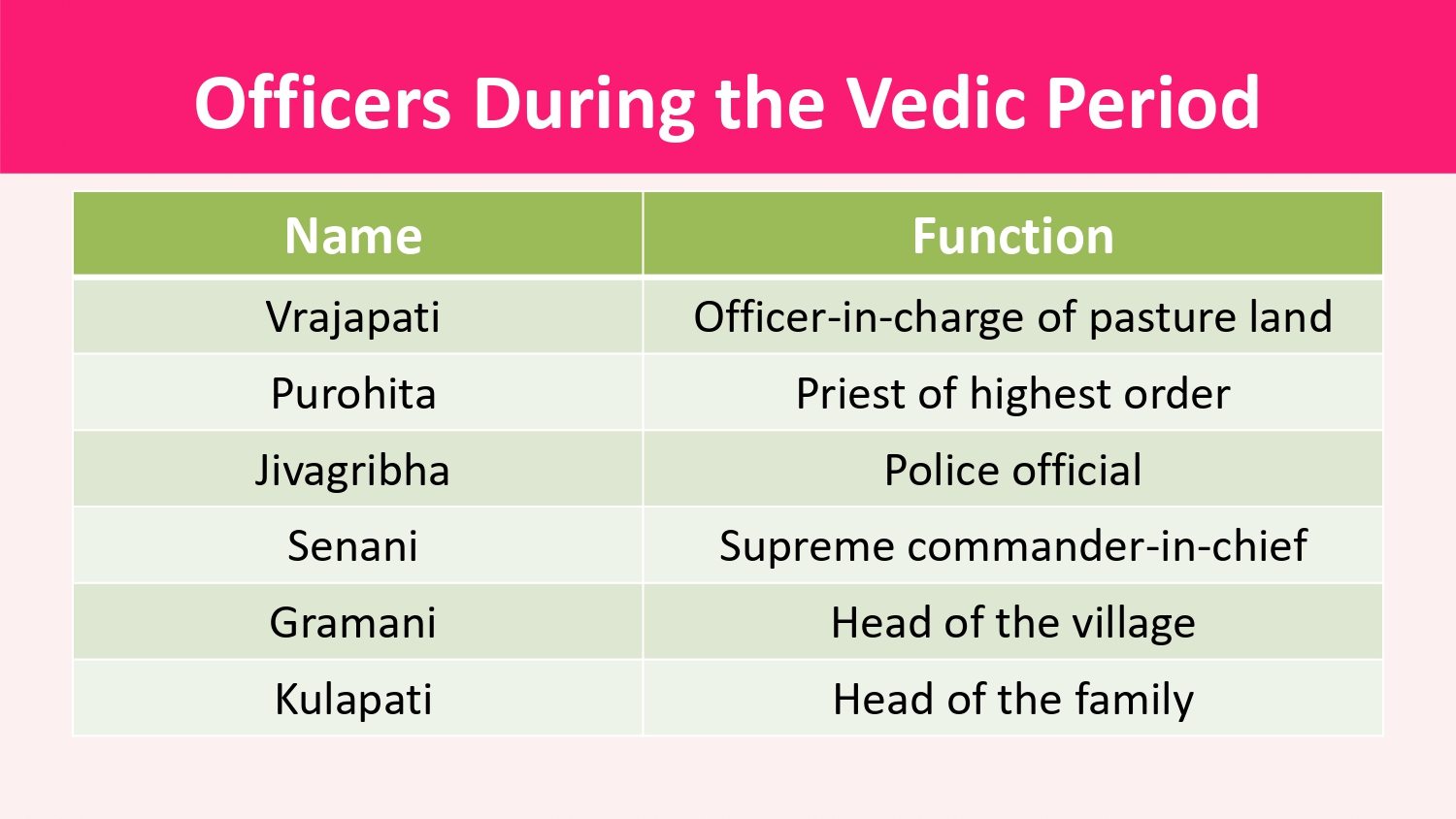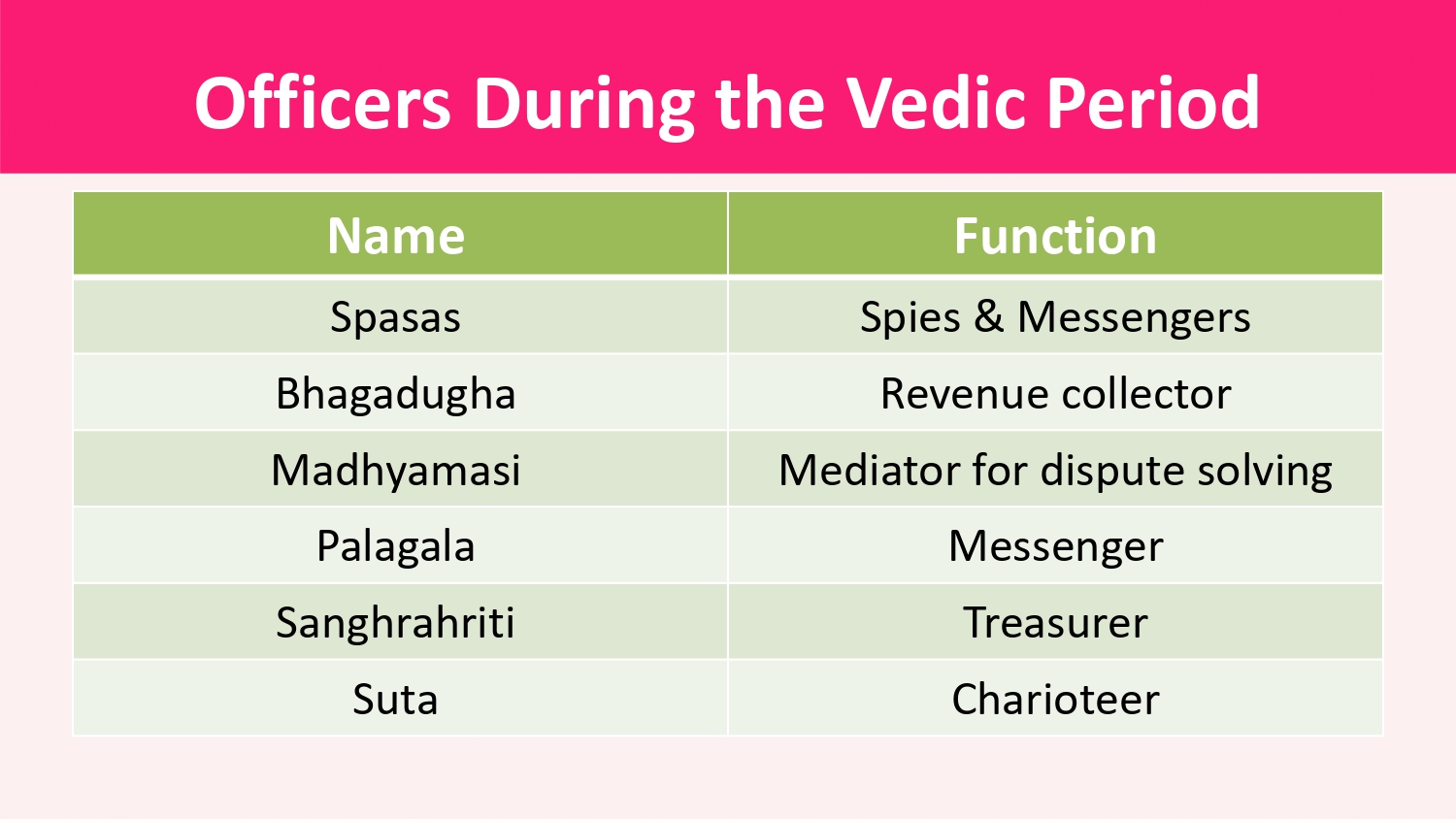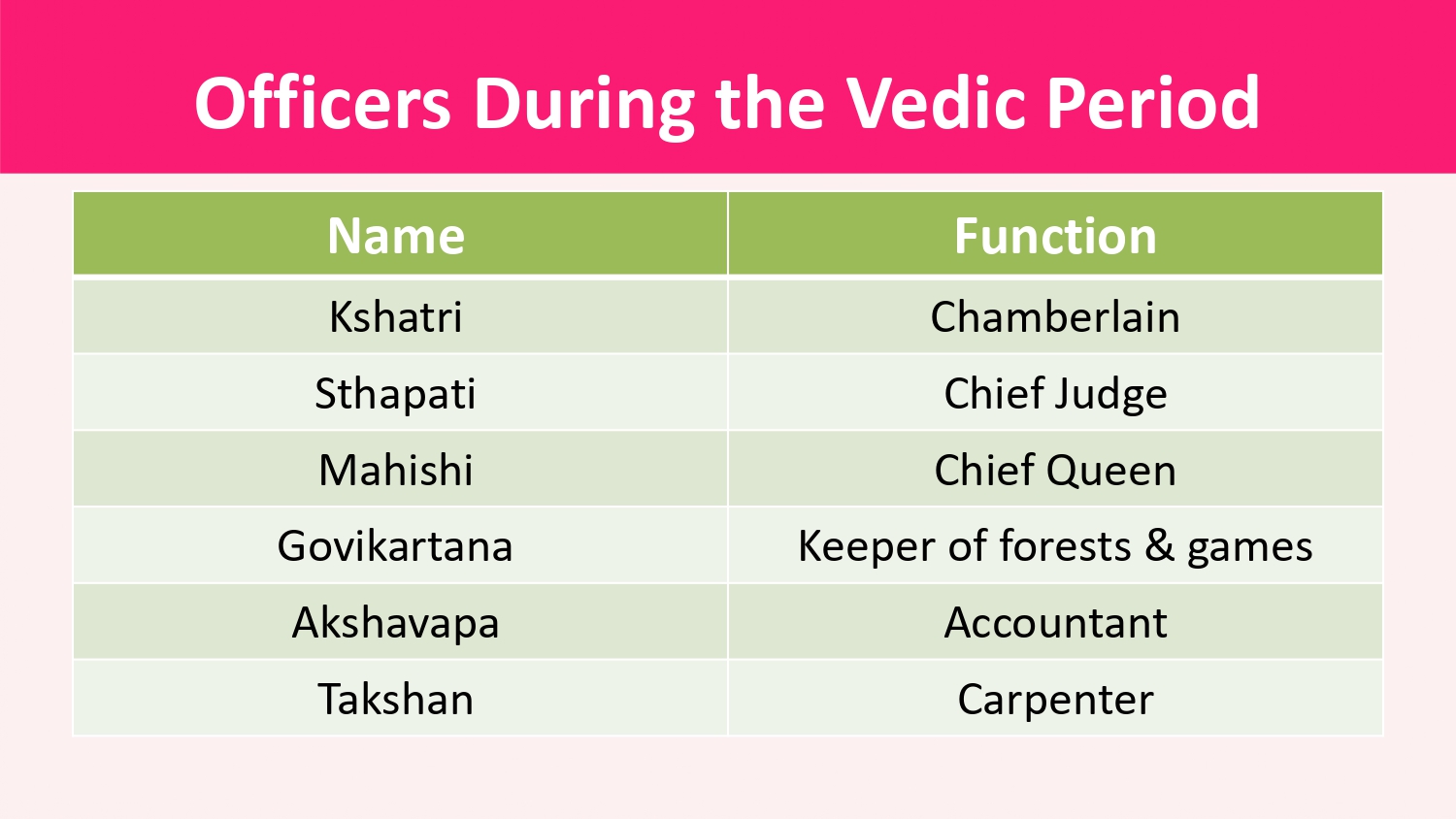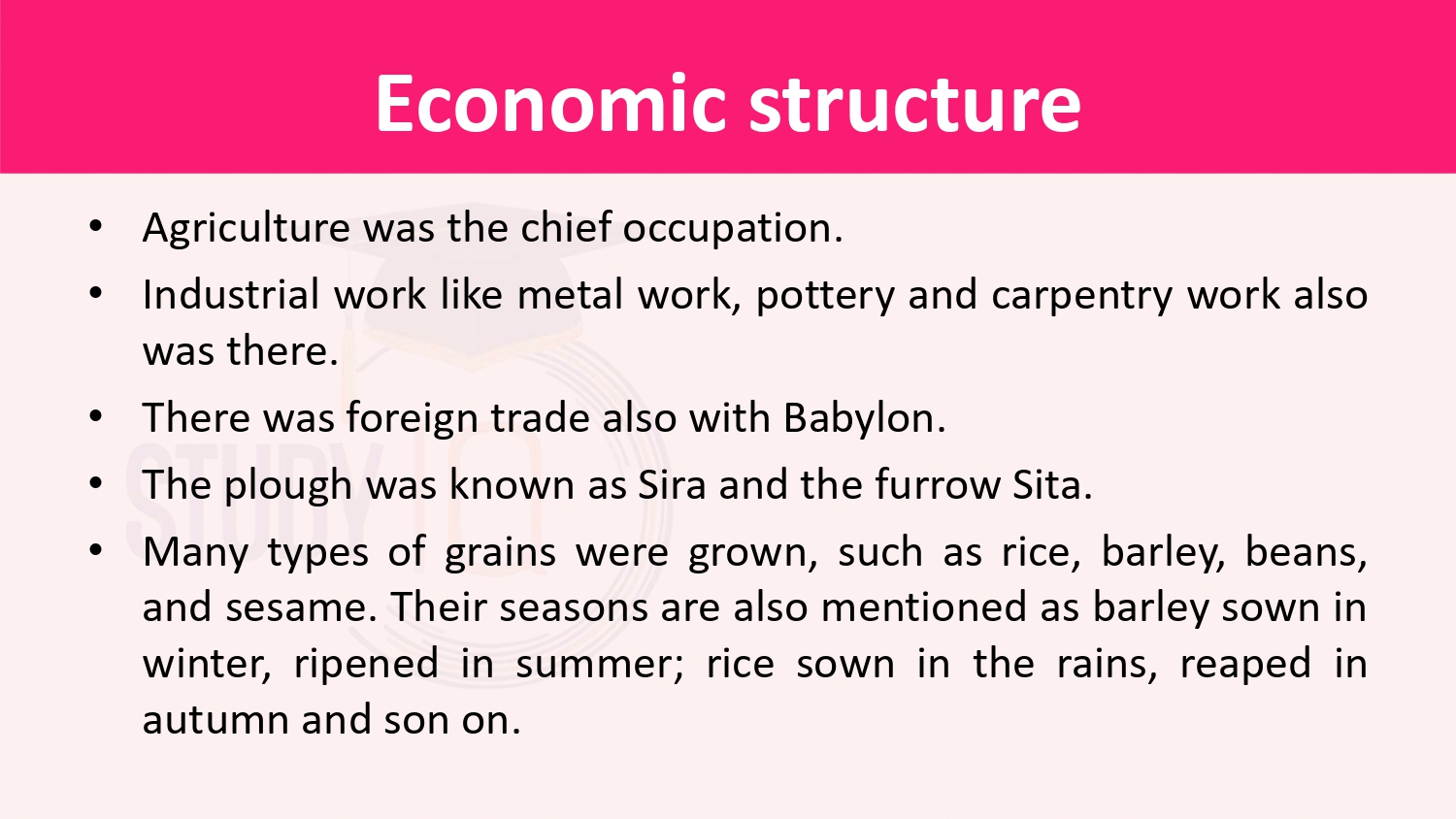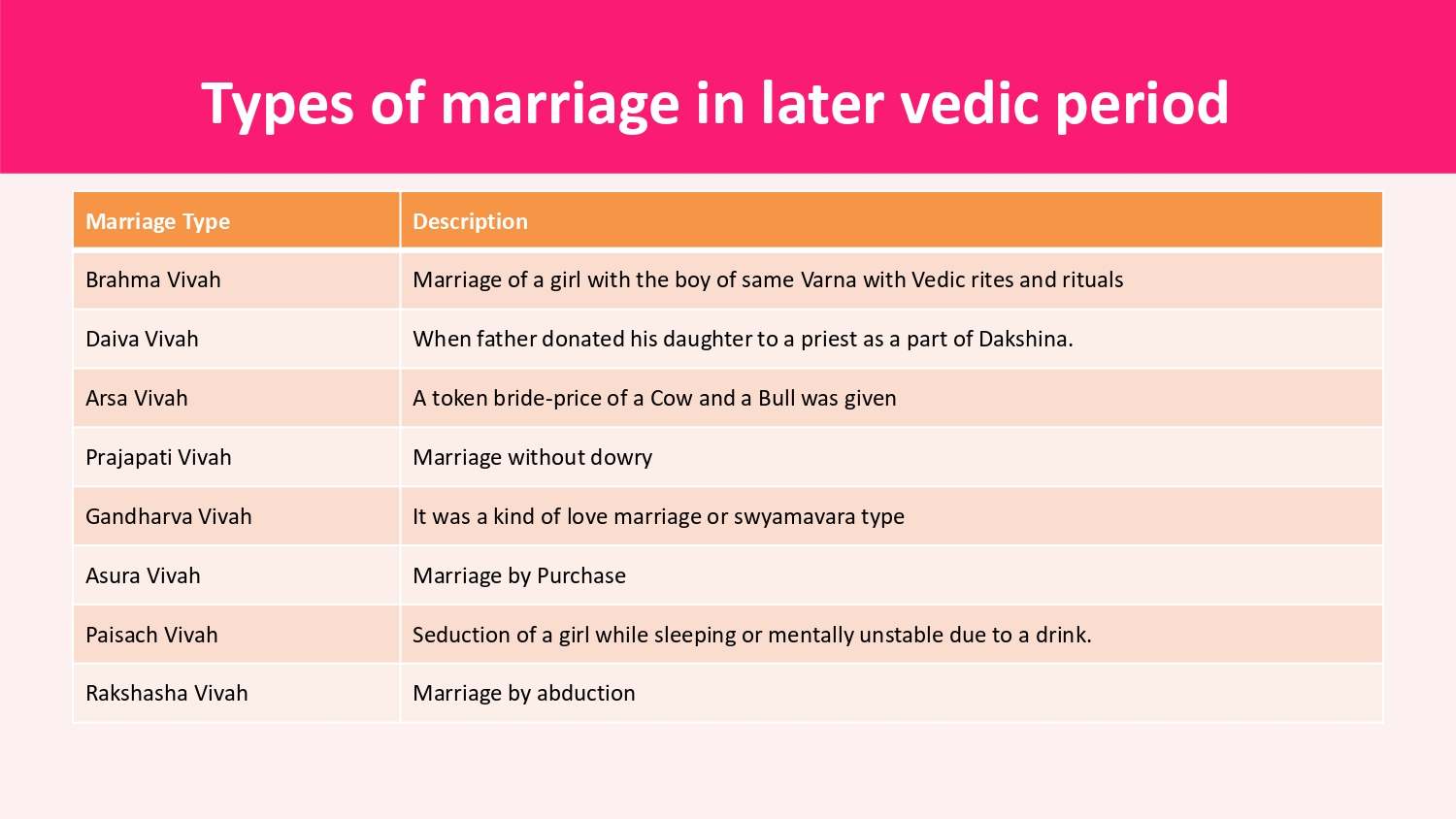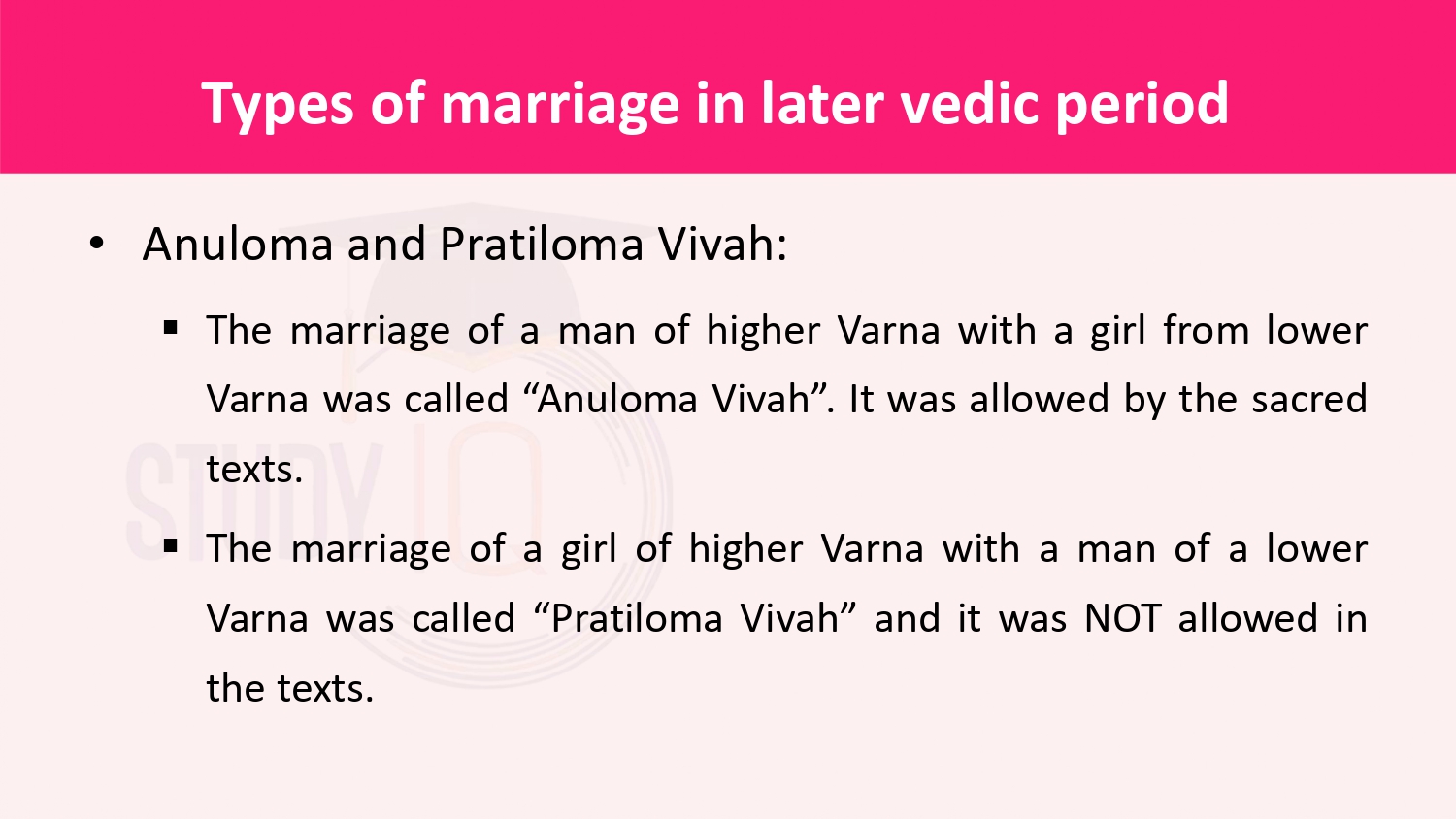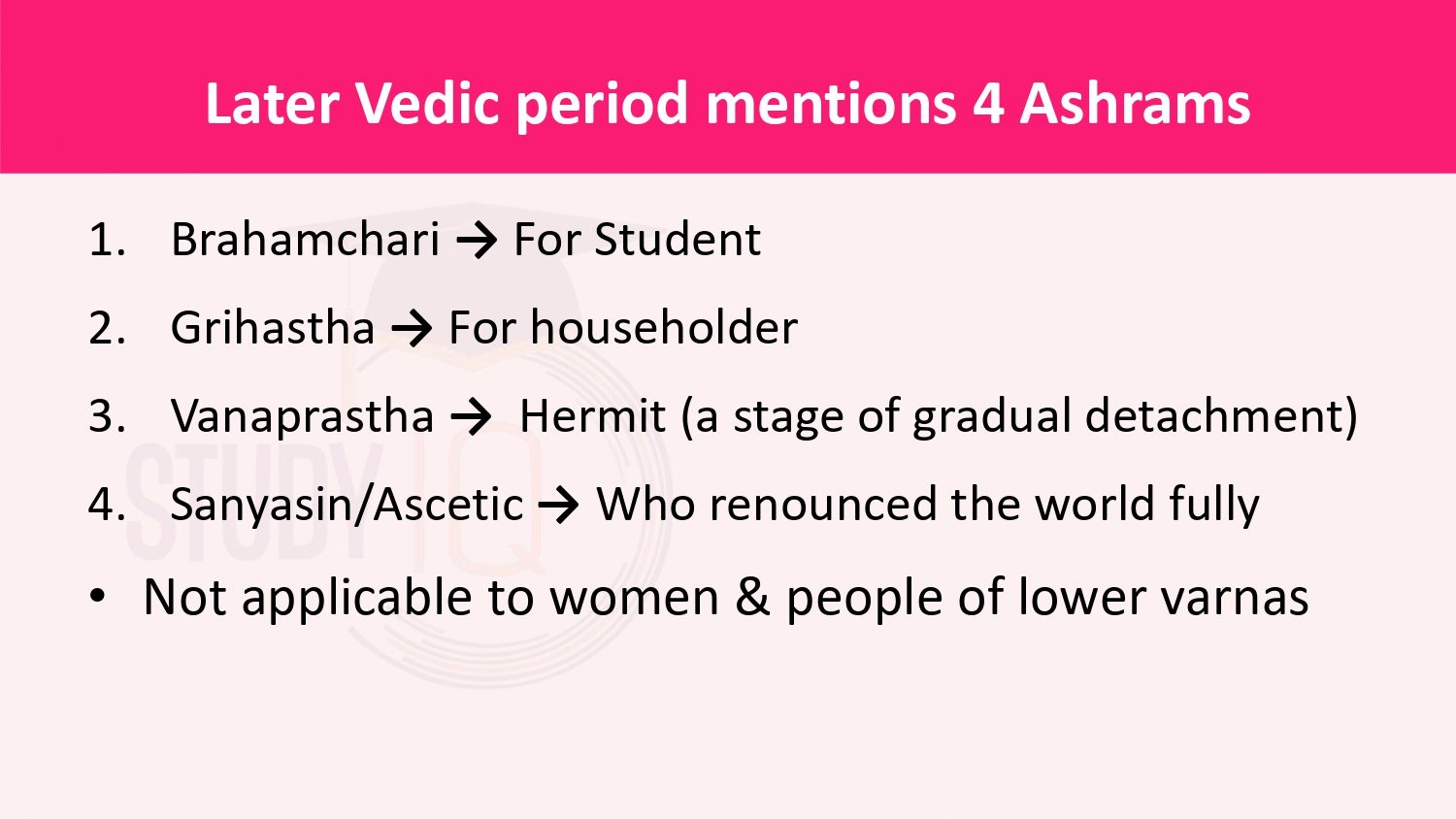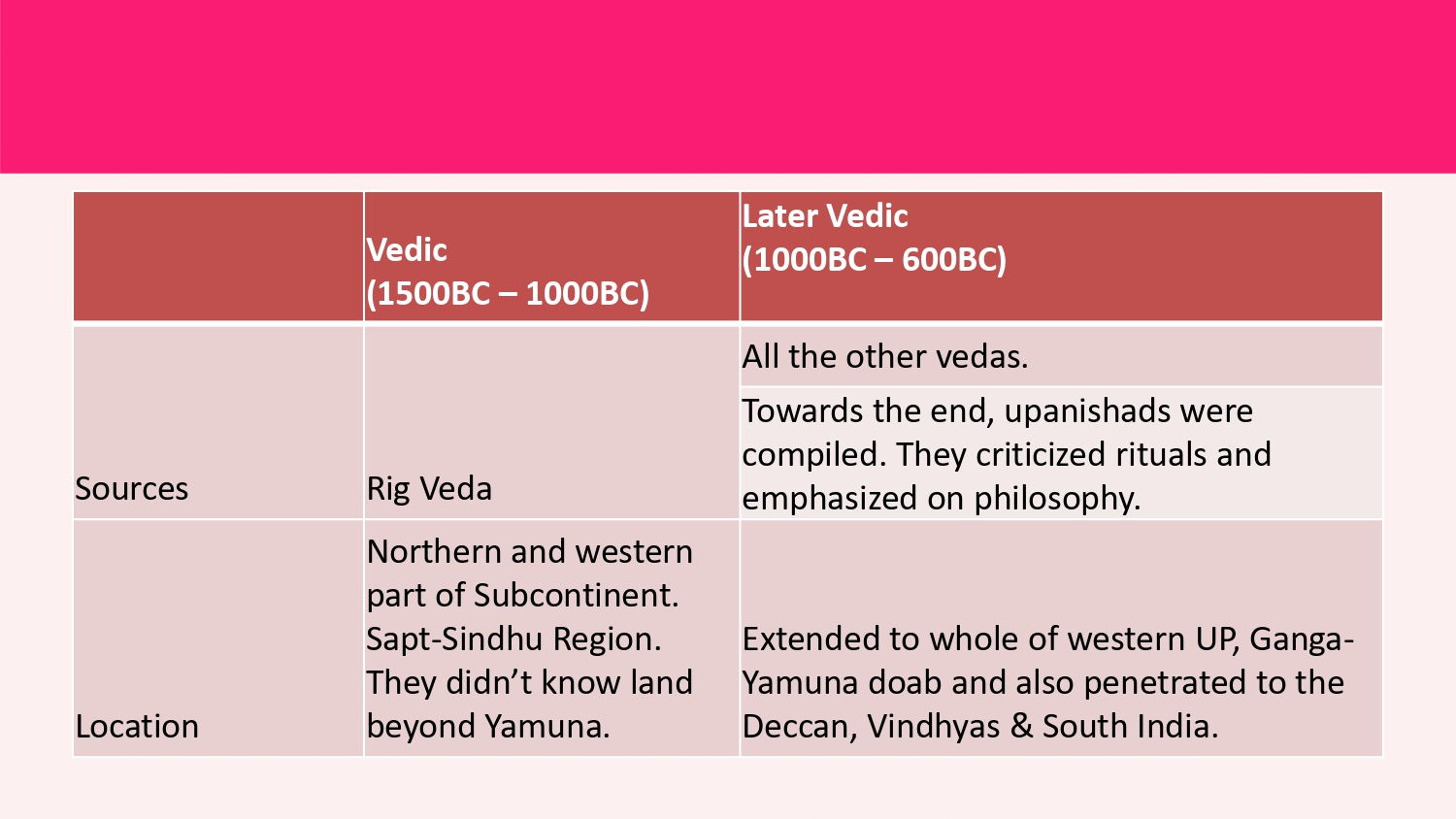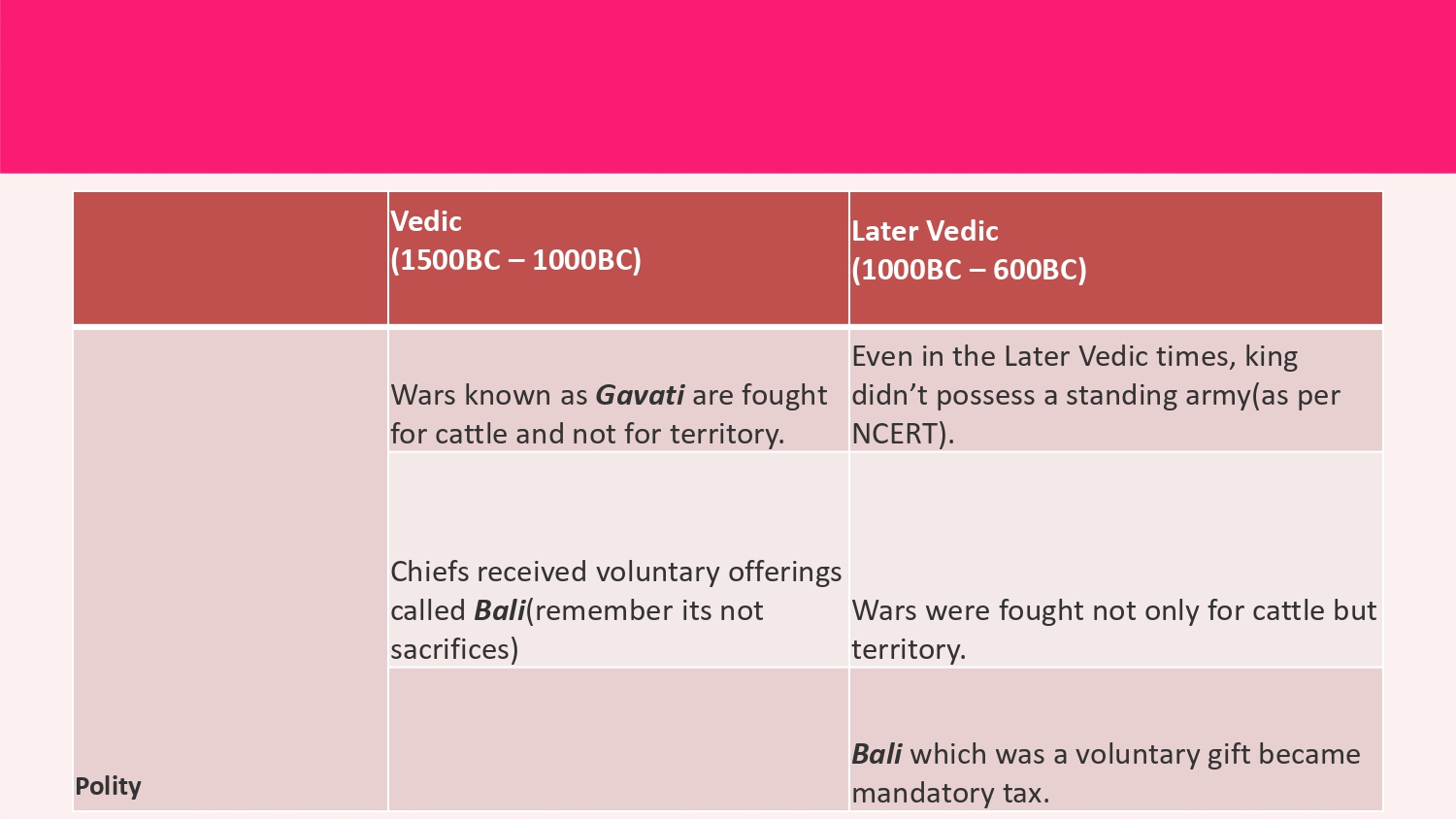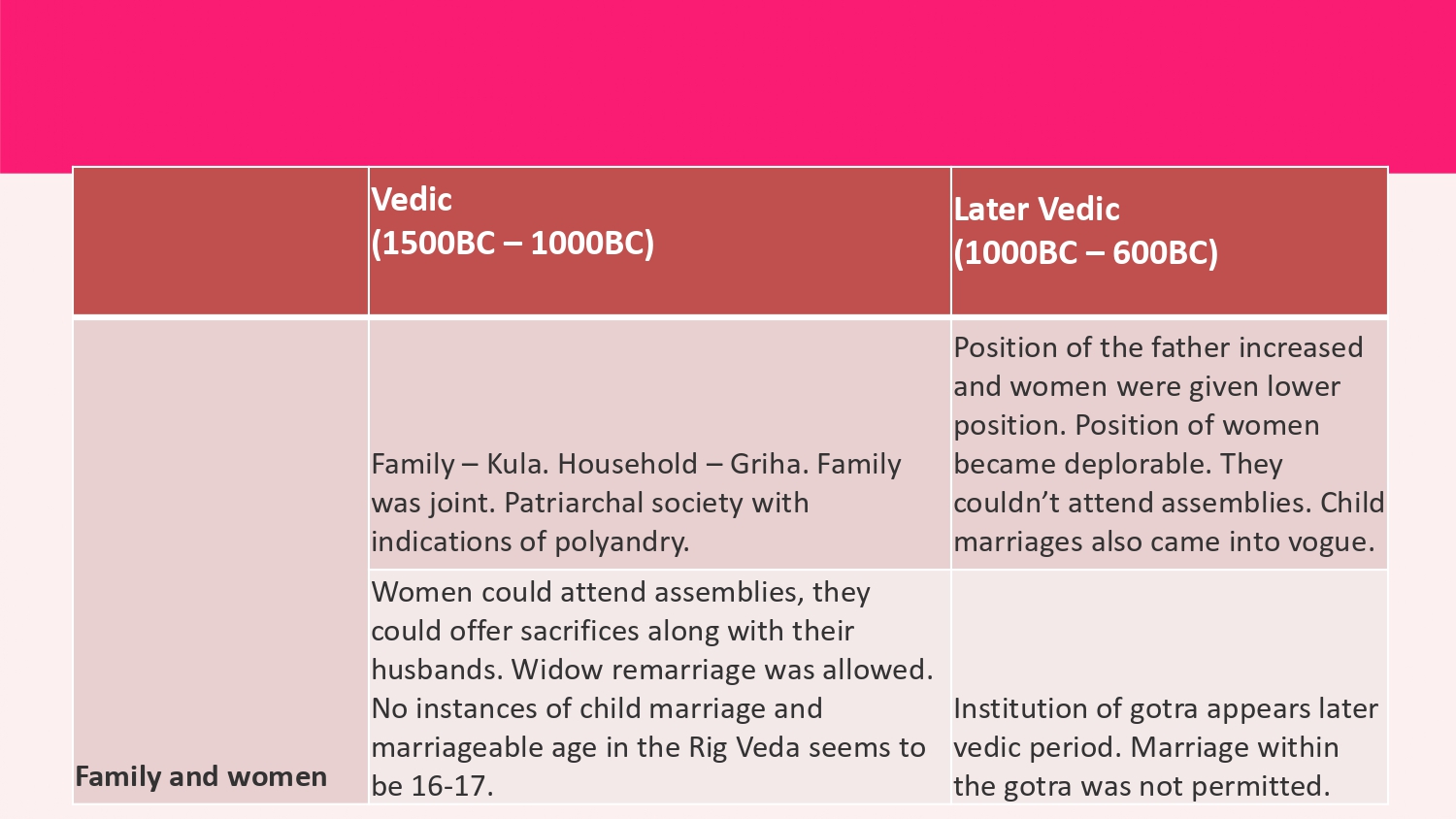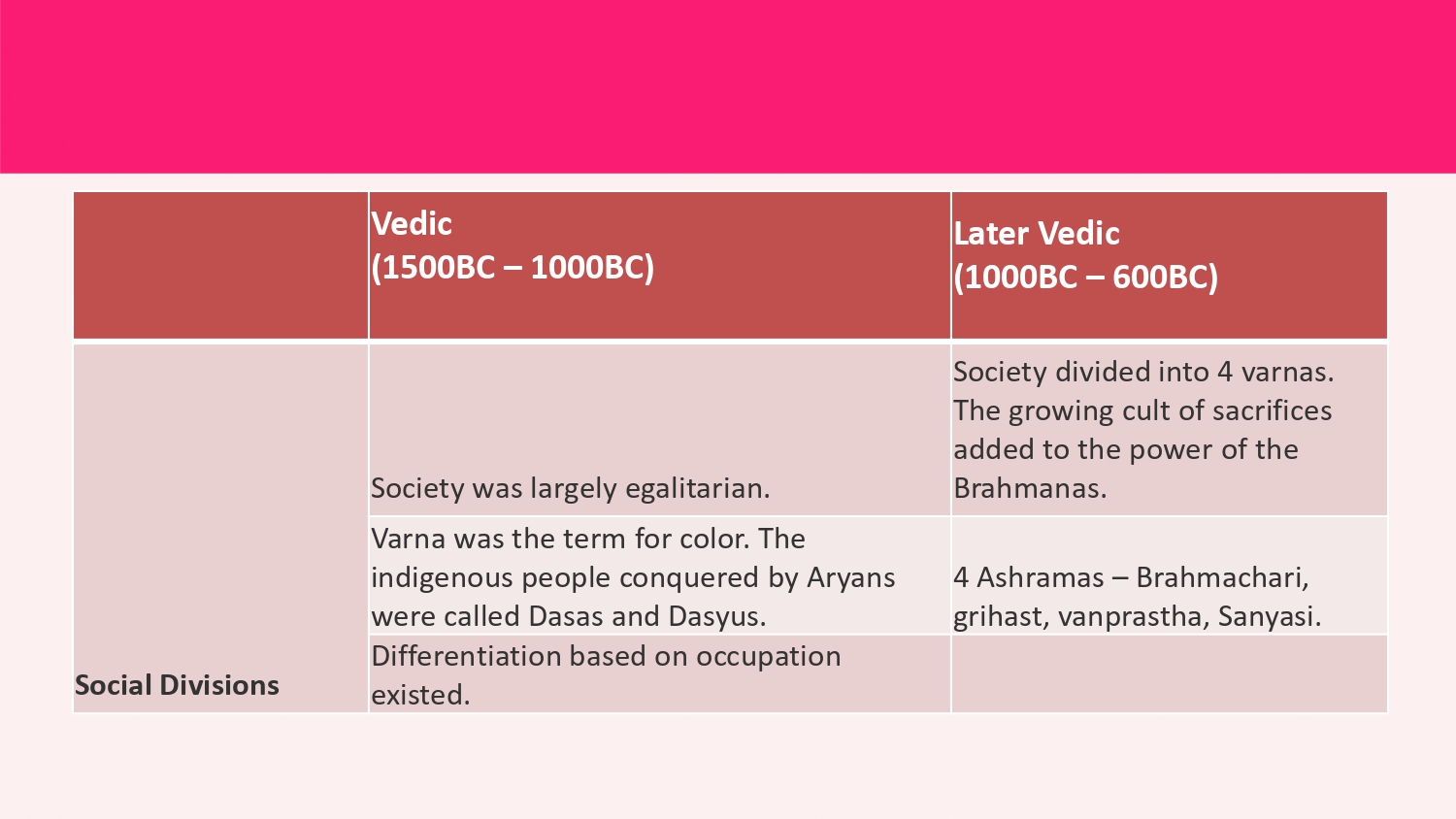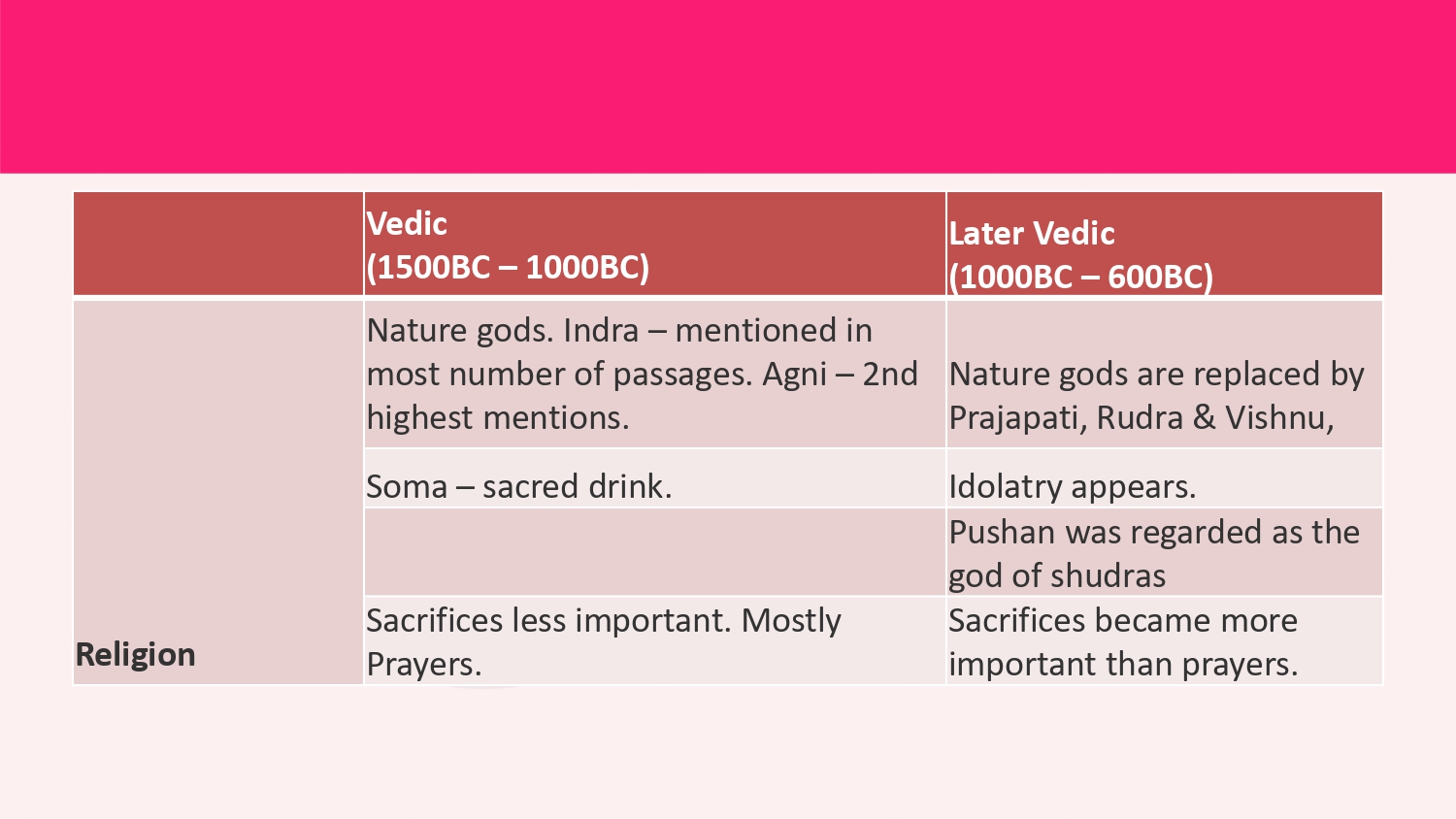Ancient History : Aryans, Early Vedic and Later Vedic Period
Ancient History of India: A Glimpse into the Past
The ancient history of India is a tapestry woven with diverse cultures, languages, and traditions. Spanning thousands of years, it reflects the evolution of a civilization that contributed significantly to art, science, religion, and philosophy. This article explores the major epochs and achievements of ancient India, focusing on the Vedic Period, the rise of Jainism and Buddhism, and the Maurya and Gupta Empires. Ancient History : Aryans, Early Vedic and Later Vedic Period
The Vedic Period (1500–500 BCE)
The Vedic Period marks the arrival of the Indo-Aryans into the Indian subcontinent. They settled along the Indus and the Ganges rivers, bringing with them a new culture that centered around the Vedas, a collection of hymns and religious texts written in Sanskrit. The Vedas, comprising the Rigveda, Samaveda, Yajurveda, and Atharvaveda, are among the oldest religious texts in the world and laid the foundation for Hinduism.
During this period, society was divided into four varnas or classes: Brahmins (priests), Kshatriyas (warriors), Vaishyas (traders), and Shudras (laborers). This varna system later evolved into the caste system, which became more rigid over time. The Vedic Age also saw the emergence of early forms of Hindu philosophy and practices, including rituals, sacrifices, and the worship of various deities like Agni (fire), Indra (warrior god), and Varuna (god of cosmic order).
Jainism and Buddhism (6th Century BCE)
Around the 6th century BCE, two significant religious movements arose as a response to the rigid social hierarchy and ritualistic practices of Vedic Hinduism: Jainism and Buddhism.
Jainism was founded by Mahavira, who emphasized non-violence (ahimsa), truth (satya), and asceticism. Jainism rejected the authority of the Vedas and promoted a path of self-discipline and meditation to achieve liberation (moksha) from the cycle of birth and death (samsara).
Buddhism, founded by Siddhartha Gautama (the Buddha), also rejected the Vedic traditions. The Buddha’s teachings focused on the Four Noble Truths and the Eightfold Path, guiding individuals towards the cessation of suffering (nirvana) through ethical conduct, meditation, and wisdom. Buddhism gained widespread popularity and influenced many aspects of Indian culture, art, and architecture.
The Maurya Empire (322–185 BCE)
The Maurya Empire, founded by Chandragupta Maurya, was the first major empire in India, unifying much of the subcontinent under a centralized administration. Chandragupta’s advisor, Chanakya (Kautilya), wrote the Arthashastra, a treatise on statecraft, economics, and military strategy, which remains a significant text in ancient Indian literature.
The most notable ruler of the Maurya Empire was Ashoka the Great, Chandragupta’s grandson. After a bloody conquest of Kalinga, Ashoka converted to Buddhism and became a patron of the religion. He propagated Buddhist teachings across Asia, sending missionaries to regions as far as Sri Lanka and Greece. Ashoka’s edicts, inscribed on pillars and rocks throughout his empire, emphasized ethical governance, non-violence, and religious tolerance.
The Gupta Empire (320–550 CE)
The Gupta Empire is often referred to as the “Golden Age” of India due to its remarkable achievements in various fields. Founded by Chandragupta I, the empire expanded under his successors, particularly Samudragupta and Chandragupta II.
The Gupta period witnessed significant advancements in science, mathematics, astronomy, and literature. Aryabhata, a prominent mathematician and astronomer, introduced the concept of zero and calculated the value of pi. The physician Sushruta wrote the Sushruta Samhita, an extensive medical treatise covering surgery and other medical practices.
In literature, the Gupta era produced great works in Sanskrit, including Kalidasa’s classical plays and poetry. The period also saw the construction of magnificent temples and the development of distinctive art and architecture, characterized by intricate sculptures and elaborate designs.






